Knowledge is power, or so I hear. But knowledge doesn’t always look powerful. Between “AI solutions” that fumble simple arithmetic and America’s current choice for president-elect, thinking seldom looked more unfashionable than in 2024.
Despite this or because of it, word games and puzzles continue to thrive. The year was a stable one for the word-games field as a whole, and the New York Times continued to lead that field, though its Games department faced several challenges tied to an underlying generational shift in the audience.
Like always, I am just one guy and will miss things, I’m sure. I’m a bit more concerned about that than usual, because I had to rebuild parts of this article after a glitch reverted it to an earlier draft. Please feel free to comment if you feel I’ve overlooked something—if I agree, I’ll add it to the main article when I get the chance. My own crossword projects and research will be given quick mentions here where I feel it’s appropriate.
Where Was Will?
Leaning to his left on one Sunday evening in February, Will Shortz found he couldn’t straighten up again. “I knew immediately I had had a stroke,” he later told CNN.
The outcome was close to a best-case scenario—it was a right-brain injury, leaving his treasured puzzlemaking abilities unaffected, and he got medical help fast. Even so, he needed months of physical therapy and was out of the NYT puzzle editor’s chair for most of the year. Joel Fagliano stepped up in Shortz’s absence, with a tenure and cluing style that solvers characterized as harder overall.
Shortz was able to attend the year’s American Crossword Puzzle Tournamentv. He contacted me to report that he’s returned to work, and puzzles starting December 30 once again bear his editorial byline. He’s also back to helping run his local ping-pong club.
Shortz’s was not the only crossword-related stroke story in 2024. Paul Krueger had a left-brain, right-side stroke. That kind is more likely to affect the verbal areas of the brain, but a quick intervention allowed him to recover. “Now, Krueger is happily back to his daily crossword puzzle—and to gently correcting [his wife’s] grammar.”
Known Faces, New Places
Paolo Pasco became puzzle editor for LinkedIn, writing the Gametime newsletter as well as content for LinkedIn’s new word-ladder and category-identifying games. He also won the American Crossword Puzzle Tournament this year (after some near misses in the past two), won the Westwords tournament, and continued to contribute puzzles to The Atlantic. Caleb Madison, the Atlantic crossword editor, interviewed Paolo here.
Quiara Vasquez became editor for Slate’s new crossword (and gave another interview here). Vasquez also constructed a sequel to the famous BOB DOLE/CLINTON ELECTED puzzle, this one with the possible answers KAMALA/DONALD, and accompanied it with a history of similar puzzles.
Stella Zawistowski is new Tribune Content Agency content editor and full-time freelance puzzler. She shared some of her process of cryptic construction.
Anna Shechtman wrote the crossword-analysis book of the year, The Riddles of the Sphinx: Inheriting the Feminist History of the Crossword Puzzle, fusing new perspectives on history with intense personal memoir. She offered excerpts of the book here and here and gave interviews about the book to Cornell here, The New York Times here, and LitHub here. Adrienne Raphel reviewed it in The Los Angeles Times here, Becca Rothfield in The Washington Post here, Sophia Stewart in The Atlantic here, Mina Kim for KQED here.
Other creator profiles (constructors unless otherwise noted): Michelle Arnot, Katja Brinck (also a competitor), Nate Cardin (and again), Ella Dershowitz, Sam Ezersky, editor/mini-maker Joel Fagliano (and again), Liam Furlong, Natalie DeGreenia, Juliana Tringali Golden, Paul Henderson (also an editor), Hugo, Brooke Husic and Natan Last, Brooke Husic (audio interview), Matt Jones, John Kugelman, Juliana Pache, Chloe Revery and Alissa Revness, David Ritterskamp, Luke Schreiber, Sid Sivakumar, Larry Snyder (and again), Ann Tait/Wednesday, Sala Wanetick and Emily Biegas, and Ben Zimmer (video).
“The making of our crossword”: Venue-specific profiles of fourteen Puzzmo constructors, six Guardian constructors, and five University of Chicago constructors.
Competitive solver profile: David Plotkin. Critic profiles: Rex Parker, Angas Tiernan.
Other game designers: NYT profiled its own test-solvers and its WordleBot. It gave a behind-the-scenes look at Wordle and at Strands. The latter included a few historical nuggets about word searches in general. Slate peeks behind the scenes at Connections with Wyna Liu.
RIP: Constructor/technician Michael Curl, Bob Klahn, Orlando, editor Richard Rogan (also remembered here), competitor/constructor Nancy Schuster (also remembered here), Allan Scott, Andrew Stewart.
Crossword Fans of Note
“"It's like the scene in Good Will Hunting, only Will Hunting is bad at math.” The adorable solving habits of the Tampa Bay Rays and several of the Detroit Tigers.
Soccer legend Neil Razor Ruddock confessed to cheating…at Daily Star crosswords…to the Daily Star itself, which unknowingly abetted his treachery.
Golfer (and ex-NBAer) Charles Barkley. Australian “cricket sensation” Steve Smith.
Paul McCartney’s ex Jane Asher. “7 Days” singer Craig David.
Dr. James Huff, Harding University professor, marking a one-year streak.
Near-centenarian Miriam Raphael.
The NYT: All the News That Fits Its Bit…
The NYT continued its streak as the most talked-about puzzle department on the planet. Wordle and Connections continued to draw attention, and its major new release—Strands, a word find with a few distinguishing features—carved out its own space in the attention economy. (Or is that the distraction economy?)
Other periodicals ran full stories about NYT crossword answers (and clues), including:
PIG EAR (“Chewy meaty dog treat”)
ENAMEL (“Canine protector”)
ASANA (“Sitting yoga pose”)
SANDUSKY (“Ohio home to Cedar Point, the ‘Roller Coaster Capital of the World’”)
BRA (“The Sports ___ (Portland bar dedicated to women’s athletics)”)
HOPS (“Hillsboro ___, minor-league baseball team with a mascot named Barley”)
GARBAGE PLATE (“Rochester, New York, dish, with meat, fries, and baked beans”)
RUN (“Compete like Sha’Carri Richardson”)
TRISHA (“Actress Krishnan of South Indian cinema”).
The News and Observer went further, tracking all the North Carolina trivia the NYT crossword mentioned in the first half of the year. And Us Magazine celebrated when TRAVIS Kelce and Taylor Swift’s ERAS Tour appeared in the same NYT puzzle.
All this attention has been good for the NYT, which now has one of the top ten most-visited websites in the news sector. As I write this, it’s ahead of the BBC, MSN, and Fox News. Games are a big part of the NYT’s overall strategy to grow and even survive in that challenging field: by now, they're getting more traffic than the news itself. Most other brands investing in puzzles seek to replicate the NYT growth pattern. And two other puzzle sources that stole some of its spotlight in years past—USA Today and Puzzmo—made only minor moves this year, which are covered later in this roundup.
Source for the above image.
But the NYT’s Games division isn’t that motivated by shareholder value. Puzzlers point to its work as a social good—not only a passing joy but a boon to mental health. The day after the election, the NYT published Natan Last, who more often works with The New Yorker, with a piece on “Why We Turn to Crosswords in Times of Crisis.”
And in 2024, three separate movements argued that, when it came to the NYT, we should turn away instead.
…And All the News That Gives It Fits
The editorial voice of the NYT Games department has been hitting a consistent tone through its existence, a tone not too different from the one Will Shortz struck when the puzzle's management began and ended with him. That tone is cheerful, intellectual but not snobby, always interested in new things—and possessed of a deep, abiding love for the art of puzzles themselves.
The tone found in the writings of the NYT legal department? It’s different.
That legal department issued takedown notices to a couple of Wordle-like puzzles, creating an uncertain environment for the many other Wordle-inspired games online, then did the same to a Connections archive.
There’s nothing all that unique about NYT Games’ games—both Wordle and Connections have antecedents in TV game shows. While the resulting backlash against these moves was small, they didn’t do the NYT’s reputation any favors.
(The Connections-like website, Swellgarfo, was at least permitted to keep operating as long as it dropped the archive of NYT puzzles, and the NYT started maintaining its own, so that’s no net loss to the solving community. However, the NYT’s archiving policies aren’t always reliable—as it proved with acrostics a couple of years ago, and variety puzzles more recently. The new creators of the NYT acrostics, David Balton and Jane Stewart, are now maintaining an acrostic archive on their own site, but for how long? Who knows.)
Another call for a boycott was more focused, better publicized, and more effective. When the paper’s Tech Guild went on strike, the Guild asked supporters to suspend playing the NYT suite of digital games, offering up replacements that often expressed a pro-labor slant.
The strike then ended and the employer and tech guild now appear to have reached a deal: the guild just donated its strike fund to union members striking at another paper. (Another such digital strike briefly affected The New Yorker.) Overall, this one seems to be a labor victory and an all’s-well-that-ends-well narrative.
The same can’t be said for the other boycott, revolving around the NYT’s news coverage of Palestine and created by Writers Against the War in Gaza. The New York War Crimes, as its name implies, considers its differences with the NYT irreconcilable, barring a sharp change in policy that seems unlikely. While the site is chiefly concerned with news, it is also aligned with a serious movement among puzzlers.
In an open letter to the public, seventeen constructors declared:
Our coalition, Puzzlers for Palestinian Liberation (PPL), is calling on puzzle solvers and puzzle constructors alike to boycott, divest, and unsubscribe from The New York Times. PPL recognizes the prestige of The New York Times crossword—its stature in the puzzle world mirrors the Times’s reputation in the public eye. However, we also see clearly the role the publication has played in the destruction of Gaza. We loudly condemn the racist and hateful commentary and biased coverage that helps to manufacture consent for the ongoing genocide of the Palestinian people. The Times’s coverage of Gaza (or lack thereof) has real-world, devastating effects…
These constructors included five notable names—meatdaddy69420/Khris P. Hamm, Will Nediger, Ada Nicolle, Juliana Pache, and Anna Shechtman—whom I’ve had reason to mention in prior “Year in Crosswords” roundups. The last four of those names appear elsewhere in this one.
The PPL began submitting puzzles to the New York War Crimes at once. At the end of the year, it was still putting out puzzles for the outlet, and as you might expect, those puzzles had a sharper voice than you’d find in other publications.
These talents’ decision to walk away from the NYT isn’t likely to bring the paper’s crossword to its knees. But it could set a precedent that, in time, could threaten the NYT’s Games department. Almost everyone working in crosswords aspires to make an NYT puzzle, at least a little bit. If that stops being true, then the resulting brain drain could threaten the brand more than any rival's actions.
Zorse, the NYT’s rumored next big thing, is another familiar format—it’s just the “Before and After” question seen on Wheel of Fortune, with a somewhat different set of rules for filling it in. That’s not a bad thing in itself, but it emphasizes that most of puzzle development is in the execution.
Motivated puzzle creators create better puzzles. Will Shortz well knew that when he pushed for crossword-makers to get competitive pay rates and encouraged them to free themselves from the restrictive policies of his predecessor. But motivation doesn’t always end with money or even freedom: sometimes it’s about ethics. And that’s especially true for a generation that’s now influencing the puzzle scene more and more.
Zouthquake
In 2017, the Oxford University Press declared youthquake its word of the year. “A significant cultural, political, or social change arising from the actions or influence of young people.”
But that was seven or eight years ago, an eternity in youth-time. Millennials, once known as Generation Y, are now yielding the “twentysomething” title to Generation Z. (So…today, it’s not “Youthquake,” but “Zouthquake.” Get it? Eh? Sigh… My coinages never catch on.)
And crosswords are getting—what the hell, let’s go all in on this—zouthquaked. The Vanderbilt Hustler reports on the NYT Games’ massive popularity on college campuses. Christina Salut gives a more personal account of her college puzzling life. The Indian Express agrees that crosswords are growing as an “intellectual sport” among Gen Z participants. Dazed argues that both crosswords and Connections have captured Gen Z’s collective heart.
The Guardian dares to ask whether it’s therefore time to Gen Z-ify the British tradition of cryptic crosswords (“able seaman” has no rizz). Its readers gave some amusing responses, and The Times responded with a Gen Z-focused puzzle.
But The Guardian also uses “Has it appeared in a major British puzzle?” as a litmus test for the validity of dictionaries’ choices for “Word of the Year.” And if the puzzles really are in need of updating for younger audiences…then that seems like an unfair test, doesn’t it? Even YOUTHQUAKE hasn’t made it into a cryptic or American-style grid yet, according to George Ho and Wordplays. Though it is interesting that SUPERMAJORITY managed to pass anyway.
Here are some reports on Gen Z crossword construction from personal and cultural perspectives. Ada Nicolle has a relevant new book out, A-to-Gen Z Crosswords: 72 Puzzles That Hit Different.
Ending the Year with a Bang
One change in the puzzling market that’s crept up in the last decade is an end-of-year blowout for crosswords and other puzzle departments. One can see this in The Atlanta Journal-Constitution, The Globe and Mail, and The New Yorker. The NYT was very much in step with this when it started putting out its Puzzle Mania section.
This year, the NYT made Puzzle Mania more available, publishing sooner and taking preorders. Here’s a behind-the-scenes look at the making of Puzzle Mania’s centerpiece, the Super Mega, as well as solving tips for it.
Other Publishing Moves
New Crossword Features: Ariadne’s Crossword Library, The Hindu’s Book Crossword, The Cavalier Daily, CNN, Dissonant Grids, Frank Virzi, The Globe and Mail, Kingsport Times, LinkedIn, Mashable, MeatEater, The Guardian’s Quick Cryptic, Saga, Slate, Starts at 60, The Walrus, WBEZ.
Revamped: The Boston Globe, Crossword Club (expanded format), Metro Quick Crossword, The Telegraph. The Metro may revert to its older format if static over its new puzzle continues. The Gazette became a two-crossword paper. Plus, Crack Magazine brought its puzzle back for a one-off.
Puzzmo’d: The following newspapers released updated versions of their crosswords with support on the back end from Puzzmo: The Herald Review, The Houston Chronicle, Midland Reporter-Telegram, MYSA (My San Antonio), the New Haven Register, The San Antonio Express-News, The San Francisco Chronicle, SFGATE, and the Times Union. Randi Mann compared the Puzzmo and NYT experiences and found the former interface a worthwhile shift, with special attention to its innovations in rendering crosswords. Back-end support is a lucrative side industry for the puzzle industry overall.
Scaling Back: Though it’s launched that new quick cryptic and remains one of the crossword-friendliest publications overall, The Guardian will no longer offer annotated solutions to its puzzles, due to terminal lack of interest. I find this astonishing given the continued popularity of XWordInfo—which, despite having an uncertain future this time last year, now appears to be going strong. The Puzzle Society went subscription-only, then lost its “Modern Crossword” feature. The New Yorker dropped its cryptic and replaced its Thursday and Friday full-size puzzles with minis.
Ended: Aries Rows Garden, Atlas Obscura.
Added Commentary: Sally Hoelscher moved from being an independent blogger about the USA Today crossword to its commentator-in-residence. On USA Today’s end, this move may be an answer to the long-running “Wordplay” column for the NYT, written by Deb Amlen, Caitlin Lovinger and Sam Corbin.
Crowdfunding
The Allusionist podcast focuses on how crossword fundraising works. Among the puzzles raising money for serious causes this year were These Puzzles Fund Abortion 4 and Puzzles for Palestine (soon to have a sequel). Crosswords have also served as a teaching tool in Palestine. The Ross-Shire Journal reports on a crossword project to raise money for the blind.
Also funded were the Scrabble-like games Word Whiz and an upgraded Take 3. Peter Gordon funded another year of A-to-Z and Fireball Newsflash Crosswords.
A custom Frasier crossword was a simple reward in this larger Frasier fan film project.
The Word Play Cafe has not yet quite reached its funding goal to build a crosswordmobile to hand out puzzles at Burning Man. As I write this, it’s only $300 shy!
Tourneys
The 2024 ACPT inspired its share of reactions, but I’d like to highlight this “rookie report” by Will Eisenberg, Tyler Hinman’s wonderful-as-usual writeup, and this in-depth reporting from Defector. Paolo Pasco took the top spot, with David Plotkin and Will Nediger in second and third.
The Times Crossword Championship measured its human contestants against an AI this year—but the AI surrendered, allowing frequent winner Mark Goodliffe to regain the crown. The Guardian analyzed that AI’s performance on several clues.
Ada Nicolle won Lollapuzzoola. The Finger Lakes Crossword Competition took place in Ithaca.
New tournaments this year: Westwords (winner Paolo Pasco, tournament profiled here), Midwest Crossword Tournament (winner Will Nediger). There’s a database of upcoming tournaments in America here. Not quite tournaments but also new public gatherings this year: Crossword Con, New York Times Mini’s 10th birthday event.
In Delhi, Arush Utkarsh and Harshul Sagar won their third consecutive NICE competition and Debhanjan Bose, Sourjo Sengupta, and Shashwat Salgaonksar won “The 1-Down That Got Away.”
Studies
History: Ben Zimmer started Crossword Craze, covering the crossword news of exactly 100 years ago, which so far showcases two dozen artifacts from 1924. I did a bio of Arthur Wynne, reviews of 1914, 1915, and 1916, and crossword prehistory from Egyptian, Biblical, Babylonian, and Victorian eras, as well as a look at crossword-adjacent “forms.” Mint Kolkata looks over the history of the first crossword puzzle book.
Science: I usually skip over any “Are crosswords good for your brain?” articles, which tend to be poorly reported and contradictory. I’ll make an exception for this Guardian piece, which summarizes our current knowledge pretty well. TLDR, the precise benefits are inconclusive, but it definitely promotes such health as part of a well-balanced life. (See “the joy (and nerdery) of a crossword puzzle routine.”) As a focus for obsessive, fixated behavior, not so much. Blaise Tapp gripes, “If only I had the time…” Tan Keong Boon argues for the official inclusion of puzzle-solving in senior centers.
Scholarly Articles: Filling crosswords is very hard (for computers). A heuristic perspective on Wordle. Below, a linguistic perspective on crossword-solving.
Tips
Cryptic crossword tips from The Guardian, plus stats on which clue types usually include answers and what to do when a cryptic crossword looks harder than it might actually be.
Strands tips here and here, Michael Chabon’s Connections tips here, Wyna Liu’s Connections tips here, Wordle tips here. No Spelling Bee tips, but here’s a look at the subculture of Spelling Bee hint writers.
Boing Boing dissects the NYT’s “easy mode” initiative.
Shopping Tips: Good Housekeeping offers up gifts for crossword solvers.
Records
Speed-solving on a seasonal scale: Young Chung solved 3,600 mini-crosswords in seven months.
First fully interdependent cryptic: In a puzzle The Guardian’s Alan Connor described as “a work of genius,” each clue defined its corresponding answer by wordplay only, but also defined the answer after it, literally.
Smallest crosswords in a suite: I composed “The Microsses,” a suite of fifty 3x3 crosswords, which to my knowledge is the tiniest format to be used in a regular crossword series.
Best English “Sator square”(?): I attempted to compose a crossword grid following the rules of the Sator square in English and documented other such attempts. Though I was critical of the results, I think I have set a record for most understandable palindromic 5x5 magic square. But you be the judge. (It’s not like there’s a ton of competition…)
First 5D puzzle: L-Space is a five-dimensional puzzle announced on Crosscord in 2024 (composed earlier, but I missed it until now).
Hardest crossword ever(?): Arkadium released its “Hardest Crossword Ever,” developed by Stan Newman. I don’t think that claim is widely tested, and I haven’t had time to do it all, but I will testify that 1-Across is fiendish.
Most-seen in cryptic crossword clues, 2024: Taylor Swift.
Best use of a crossword, 2024: A Polish pensioner used one to turn the tables on a fraudster after her money.
Crossword proposal, 2024: “Aman Tilwankar” (not his real name).
Best-crossword awards, 2024: I missed mentioning this last year, but the Orca Awards are back. NYT editors also nominate their own favorite NYT entries.
Best solver, 2024: When Eugene Weekly published the wrong crossword grid (not the only paper this year to do so), Richard Leach took it as an opportunity, treating it like a diagramless puzzle and figuring out the grid himself.
Most talked-about clue, 2024: “Golden retriever who ends up with a chocolate lab?” for CHARLIE BUCKET. Patton Oswalt picked up on this one—though he took some heat for unwittingly doing it during the NYT digital strike.
Invention of the Year: Adam Aaronson developed a new kind of crossword calendar…as well as a Wordle-inspired side-scrolling game, Sidle.
Trend of the Year…Well, More Like Trend of the Decade So Far: The multi-trick crossword.
Tech
The NYT has been developing experiential handwriting recognition and a “scribble-to-erase” feature. It updated its app. The new design won applause from Rizza Del Castillo and an Apple Design Award.
Profile of Crosswordr (and creator Felim Donnelly), aiming to be the YouTube of crossword design.
Science Corporation has used crossword-solving as a test case for its sight-restoring eye implant.
Amuse Labs updated its crossword-making interface and went in hard on its AI Copilot feature.
15 crossword solvers (for iOS, Android, and the Web) “that actually work.” Seems like a low bar, and yet.
NYT Wirecutter discussed the preferred pencils of ACPT winners.
Spread the Wordlist’s latest update exceeded 300,000 entries.
Cross-Media
Books
Juliana Pache published her first Black Crossword book collection, part of a two-book deal. More here. Puzzmo likewise has a first collection out, as does The Inkubator. But the quirkiest first collection this year is Crosstina Aqua-zine-a.
Francis Heaney put out the 1980s-centric Grids Just Wanna Have Fun and the 2000s-centric Grids Don’t Lie.
Stu Ockman’s Will and Me discussed how Will Shortz worked with him to get his crossword submissions up to snuff.
The Guardian reviewed the cluing in the cozy mystery Murder Fantastical, and again in Double or Die, in which a young James Bond learns to spy and solve.
A24 released 99 TV Crosswords and Which Way Out? A Heretic Puzzle Companion Zine.
Patrick Berry released a crossword-fantasy-adventure suite, The Blabyrinth.
LR released a puzzle book for word lovers called—what else?—Birdle.
Also, as Book Riot reported this year, Crossword Solver studied the most mentioned authors in crossword clues, drilling deep into questions like “How many are nonwhite?” and “How do the mentions vary by newspaper and decade?” However, since it studies just clues, the study seems to miss cases where part or all of the author’s name is the answer, e.g., “Atlas Shrugged author Rand” for AYN. That makes “crossword-friendly” names not much of a relevant factor. Does that make the data more valid, or less?
Short Writings
Poem: “When I Play The New York Times Crossword Puzzle” is about a suicide attempt.
Humor: The Most Dangerous Cruciverbalists of the Twentieth Century.
Comics: xkcd ran an open letter from constructors and followed it up with a crossword puzzle you don’t need pen and paper or an interface to solve.
Audio
Music: “The New York Times Crossword Puzzle” by Jeremy Messersmith (below).
Minju from the girl band ILLIT introduces herself by solving a fictional crossword/acrostic.
Podcasts: The Puzzler with A.J. Jacobs and Fill Me In are perennials. Where We Live did an interview with Everdeen Mason and Joel Fagliano.
Onscreen
Movies: The thriller Crossword got some good reviews at the Austin Film Festival but hasn’t yet seen a wider release and doesn’t have a trailer. So I don’t know much more about it than I did last year. Recapping what I said in that year's update, it's about a couple coping with the death of their daughter. One focuses on her writing work, the other buries himself in the daily crossword. But there may be something else buried in there...
TV: At last report, the Crossword Mysteries Hallmark series was still “on hold.” Its stars Lacey Chabert and Brennan Elliott have moved on to new Hallmark movies, and their new film His and Hers included a reference to their older series.
The BBC aired Ludwig, a six-part miniseries with a similar concept (crossword constructor as mystery-solver). The series used The Guardian’s Alan Connor (who writes almost all the Guardian puzzle articles) as a consultant. Another series with that premise, The Puzzle Lady, will air a six-episode season next year, its consultant is Will Shortz.
Conan O’Brien and Natasha Lyonne talk crosswords here.
Golden Bachelorette couple Joan Vassos and Chock Chapple fenced over what constitutes cheating—in crosswords.
Ariana Grande’s “My Best Friend’s House” from SNL:
Steve “Sphinx” Pemberton may have used a Guardian crossword to hint at the series finale of Inside No. 9, a dark comic mystery show on which he appeared. He did use one in his appearance on Taskmaster, with the secret message shown below.
Art
An Adam Lupton self-portrait from Instagram.
Cameron A. Granger presents solved and half-solved criss-crosses as artwork.
Renate Keeping hand-stitched an autobiographical frieze based on a puzzle from the 1980s.
Fashion
Expensive crossword apparel, designed by David Kwong, celebrating the 50th anniversary of the wrap dress by Diane von Furstenberg.
More inexpensive but still impressive: Sarah Sinclair won at Halloween by turning her NYT puzzle—a collab with Paolo Pasco published that same day—into her costume.
Games
CrossAbout is a highly intriguing crossword variant where you guess both words and positions from ambiguous clues.
Redditor xk4rimx made a math puzzle game that mutates into a criss-cross.
SlideCross combines crosswords with Rubik’s cube dynamics.
Jeff Chen organized a letter-inserting game, Squeezy.
The AARP has some Wordle-like games to recommend, including the newish IYKYK (for modern acronyms).
Apple introduced the word-assembly game Quartiles, to the delight of some reviewers and the disdain of others. If you’re having trouble accessing Apple puzzles, let CNET be your guide.
The Guardian discussed “Tangleword,” a crossword “on the cutting edge of computer science.”
Apps news: Dev MAG Interactive’s revenue fell as it bet big on its new crosswordesque game, Crozzle (Android, iOS).
Apps reviews: I won’t link to app. Pocket Tactics has a word-game apps roundup, as does The Gamer.
Video games: Persona 5 offers in-game crossword-solving. Enigma, a heartthrob NPC from the new game Reverse: 1999, has some downer puzzles to share with you.
Promotions
Sabaton’s 25th anniversary criss-cross puzzle is the latest to test trufans’ knowledge of music, a trend started by Taylor Swift. Tyler, the Creator’s Camp Flog Gnaw Festival used a puzzle to announce its lineup of musicians.
In one of the most bizarre crossword usages of the year, the Indian armed forces made it a recruitment tool.
Chagee offered a free milk tea with a solve. Sorry, this offer, like the milk it pertains to, is now expired.
Video
A crossword rickroll (not the first). New YouTube channel: Wine Down with Christopher and the NYT Crossword. New TikTok channel: Wrong Crossword Answers.
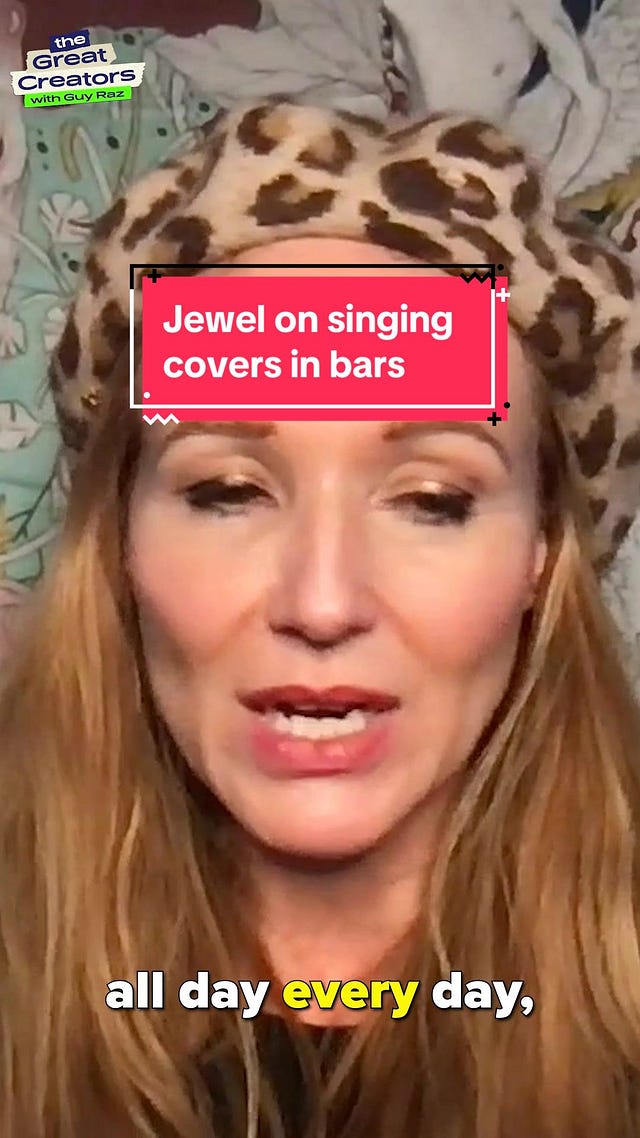
 Tiktok failed to load.
Tiktok failed to load.Enable 3rd party cookies or use another browser
Social Media
Here’s a profile of the MG Mini Crossword Community (created by Mangesh Ghogre) and a direct link to Crosscord (Crossword Discord). Along with the Twitch channel Bewilderingly, these were great havens for crossword culture in 2024.
This year’s sampling of social-media posts is big but uneven, with some from Twitter, a few from Reddit, and one from Discord, but most from Bluesky. Twitter/X search became increasingly useless in the spring of 2024, including many false positives that had nothing to do with the terms being searched. So I…stopped looking at that one after early May, and I doubt I’ll have any reason to start up again in future roundups. Next year's will feature more from Discord—I had more of those in the draft I lost in the glitch, but they’d take too much time to recover.
Maybe I’ll do Threads, too. Anyone using Threads?
But enough of all that! Let’s get to the fun…
Schadenfreude
Warning for Grimness: The Iranian city of Isfahan struck some solvers of The Times’ crossword as an obscure reference. It got bombed later that same day. And serial killer Dennis “BTK” Rader seems to have confessed to one of his killings in a matrix of letters—a crossword in the very broadest sense of the term.
Worst Solver, Runners-Up: Juror Sallie Sue Smith’s inappropriate puzzle-solving resulted in a mistrial in a case of incitement to murder. In the ABA Journal, Smith claims she was using the puzzle to help concentrate, so she might merit some benefit of the doubt. Gary Dell’Abate, AKA Baba Booey of Howard Stern Show fame, also got busted doing the crossword while the boss was talking. But when Howard Stern’s involved, is being inappropriate paradoxically appropriate? Unclear.
However, Kosovan Deputy of the Assembly Myzejene Selmani has no excuse for focusing on the crossword during politics.
Worst Solver: Petra Hirsch. “911? I need the answer to 5-Across!” (In German, the emergency number is 999, and it’s more like “5 Horizontal,” but you get the idea.)
Dumbest Crossword Criticism of the Year, Maybe Ever: This article from 99 Bitcoins attempts to call out a clue in the NYT for being poorly edited: “Crypto lead into coin” for DOGE. Except…the actual clue was “Crypto lead-in to coin,” as it should have been. And the article isn’t even internally consistent, also claiming that the clue was written as “Crypto lead-in-to coin.” And the headline contains another typo, “New York Time’s.” And then, just because the article hasn’t rolled around in the mud enough, it ends by taking a swipe at the NYT’s news publishing before going on to plug a new cryptocurrency as “the new Dogecoin.” (It’s gonna go up in value TEN TIMES, baby! You trust us, right?)
As addressed elsewhere, the NYT’s news isn’t above criticism. But I think it is above any criticism from crypto bros whose videos look like this:
Worst Clue: The bishop of the Episcopal Diocese of Texas wrote in to the NYT, not for religious reasons, but to inform them that TACO SAUCE was not “Tex-Mex.” Also, MILNE did not write “Sometimes the smallest things take up the most room in your heart,” as the NYT puzzle claimed.
Most Confounding Clue: PIG_ or PORK? Original thread here. (Trick question! The pig's name is PETE; the others are named SHEMP, CAL, and HALIM.)
Worst Crossword: The March 7, 2024 NYT tried to “modernize” the classic Robert Frost poem Stopping by Woods on a Snowy Evening, as seen below.
“I know whose woods these are. My horse is restless. I have a lot to do. Giddy up!”
It didn’t go over well. Zachary David Levy was just confused, pointing out that this isn’t even Robert Frost’s most famous poem about road travel. Rex Parker called it “easily the worst puzzle I’ve done this year.” (In fairness, it was only March when he said that.) And Crosscord had some fun with it, including this similar “modernization” of Oppenheimer:
The parody puts its nose on the problem: it’s not really a “modernization” to render a poem as prose with words that were all contemporary when the poem came out. It’s more of a “crosswordization,” because the real constraint here is not modern language or ideas, it’s fitting everything into a few 15-letter-long strips—which pretty much kills any charm or depth the original poem possesses.
Some jokey “modernizations” kill the charm and depth of their inspirational texts on purpose, and I’ve played around with “new filters” for old texts myself. But this isn’t a funny use of modern slang or a comment on modern communication—there’s no reason for the filter, except that nothing else would fit so well into a grid.
It’s good to see puzzles experimenting, and I appreciate that NYT debut constructor Joe O’Neill tried something different. But this experiment shouldn’t have been let out of the lab.
Worst Crossword Feature: Google’s biggest flaw has always been its insistence that messy, ugly human problems are easy to solve if you have the right algorithm. From the start, that’s been the flip side of the promise of the company. Its over-reliance on AI for its search results in the last two years is just the most recent example.
So when it launched an I/O Crossword (explained in detail here) and asserted that its Gemini AI would be involved in the solving process, I didn’t expect much. And I got even less.
This kind of computer-generated criss-crossing has been available for decades if your standards were low. One might think that Google, an unbelievably wealthy company that once hired Merl Reagle to make a Google Doodle, would be both eager and able to create something a little less amateurish in its attempt to promote its own products. One would, apparently, be mistaken.
(No, I’m not bitter that they ignored my own proposals for a Google Doodle. Why would I be bitter about that?...
Well, maybe you’re the one with the cruciverbal inferiority complex! Or maybe YOU miss Merl because he was so nice to you and you wish you could’ve had this little distinction in common with him! I’m not crying! YOU’RE crying! THIS YEAR IN REVIEW IS OVER!! OVER!!!)



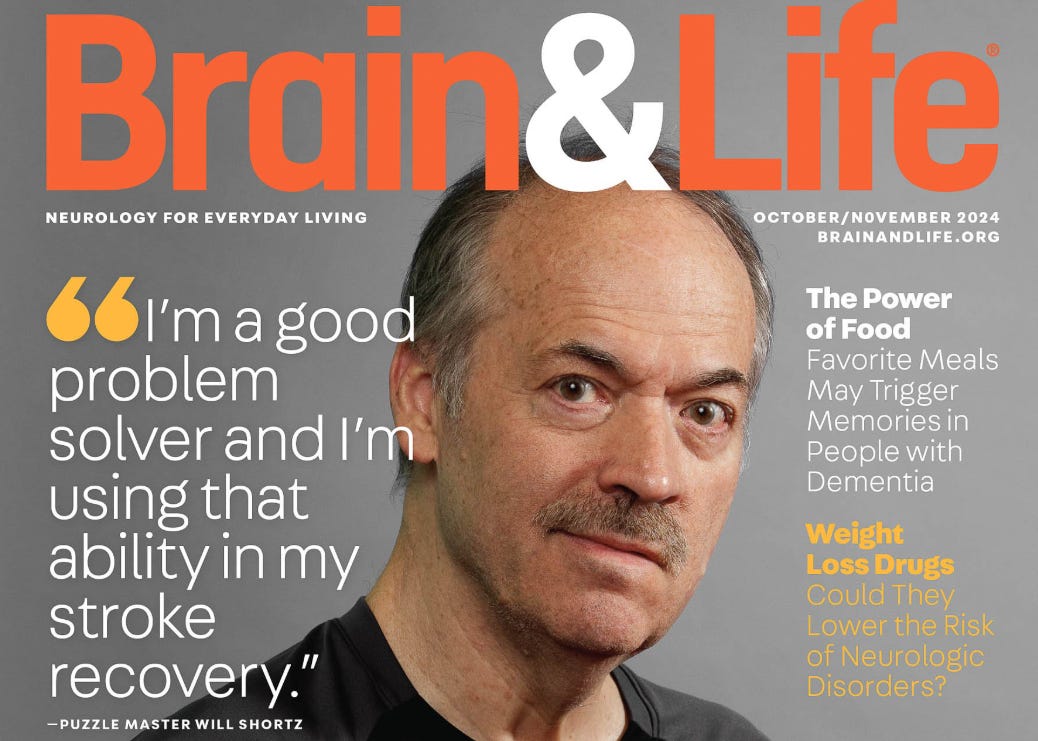

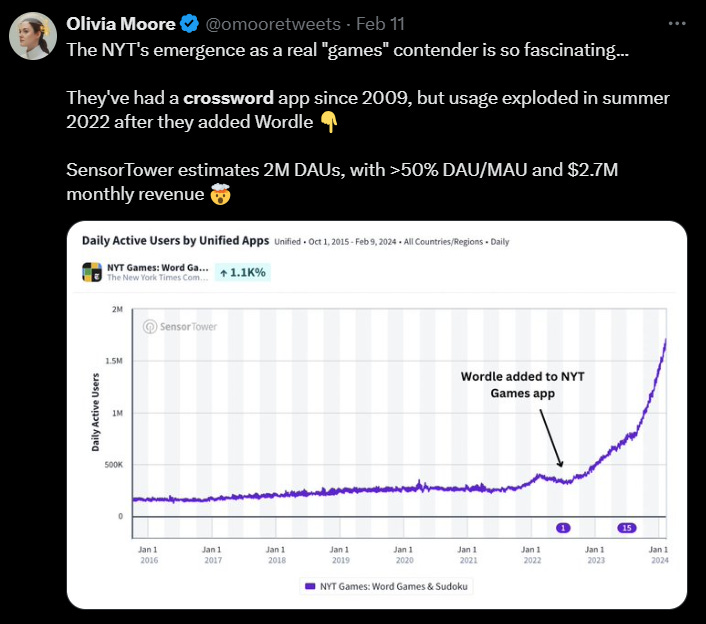
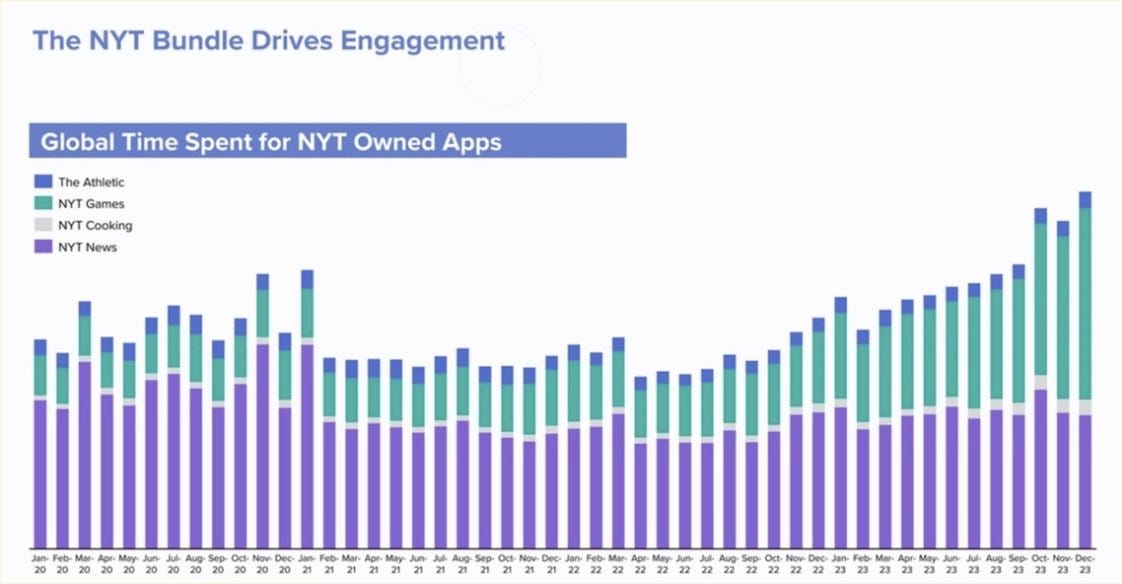

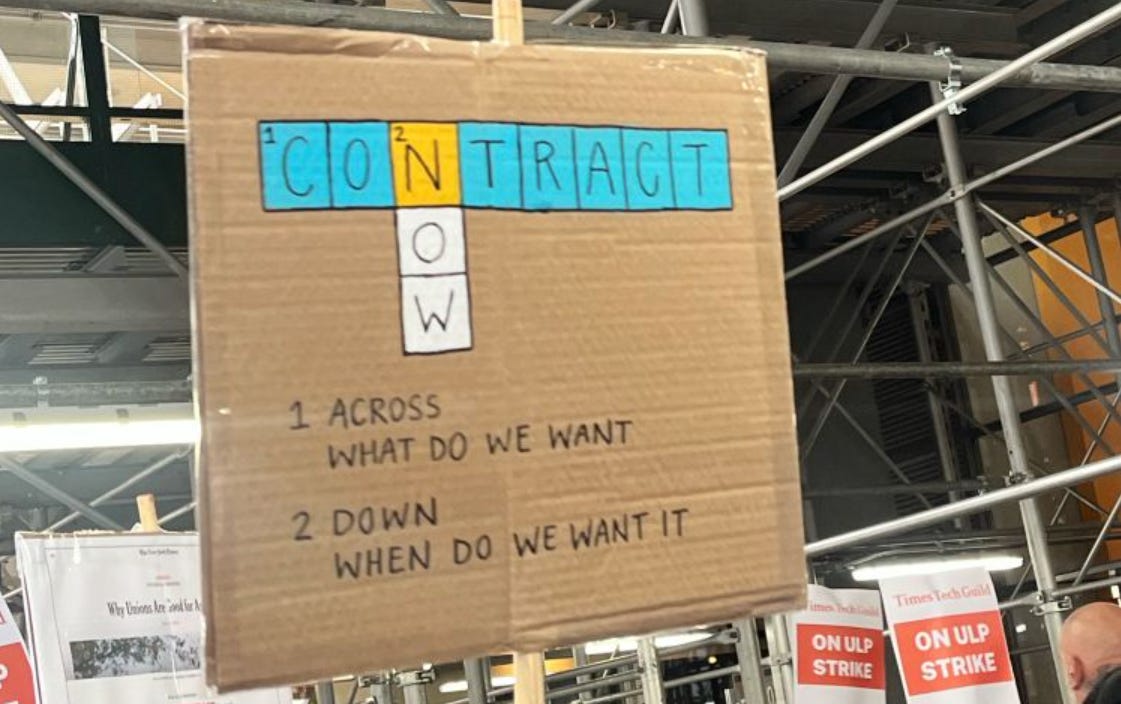
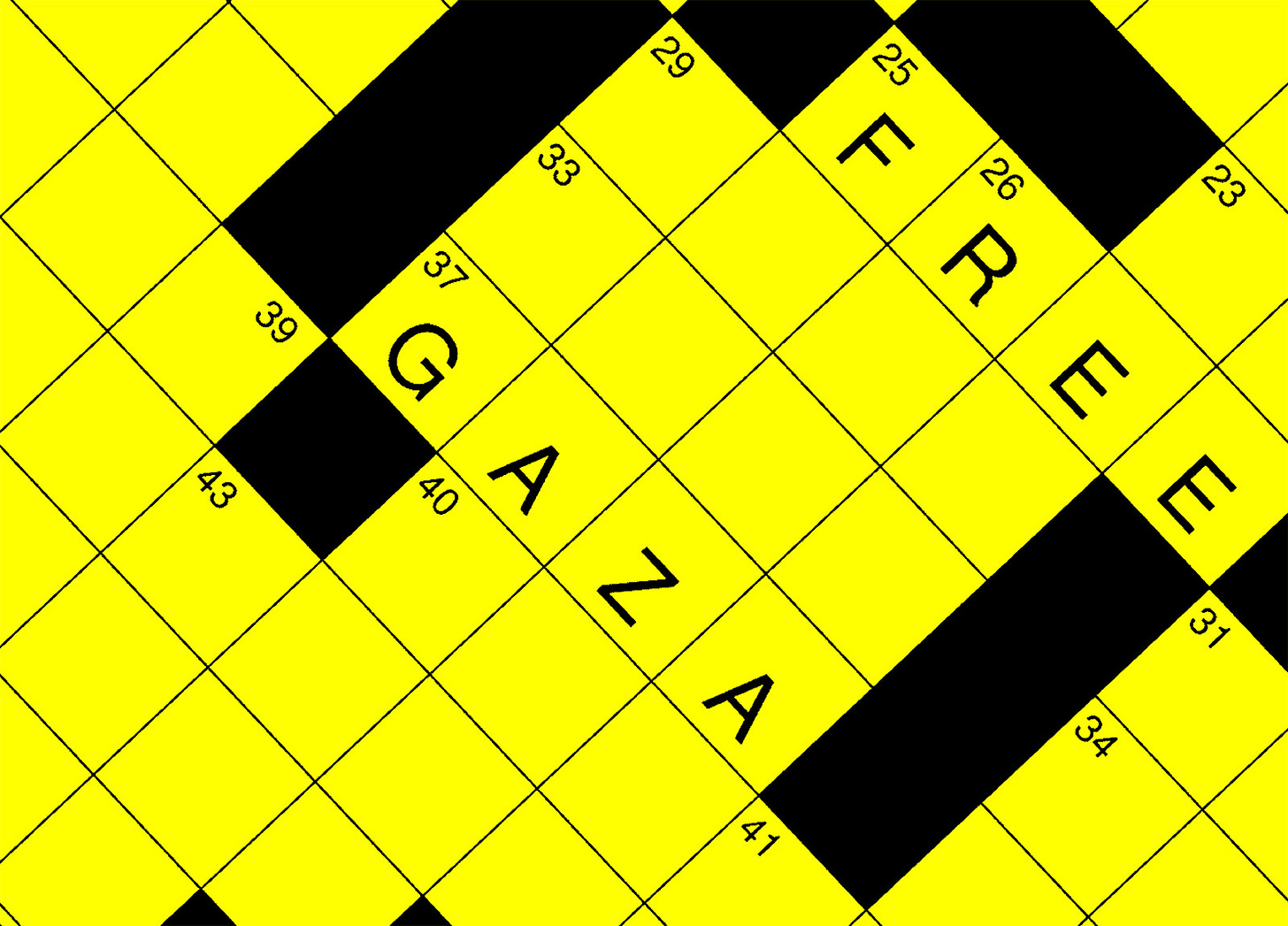
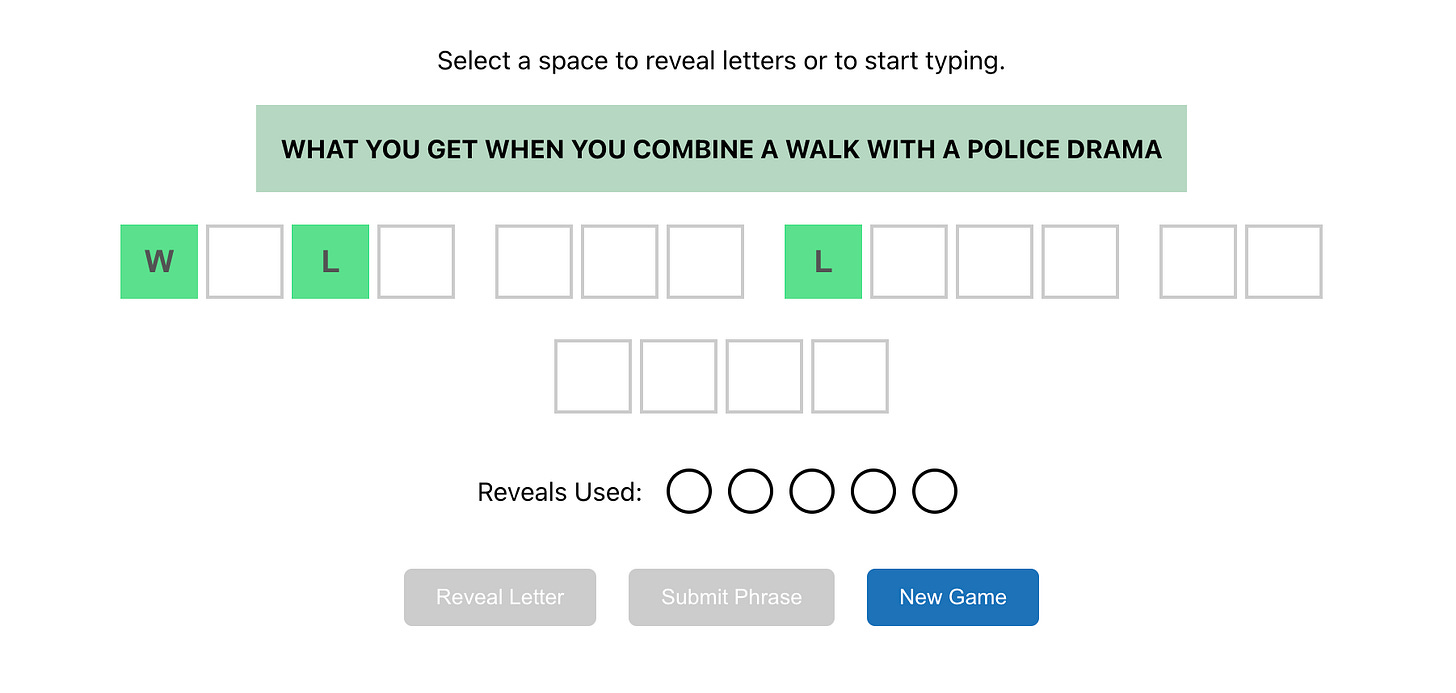
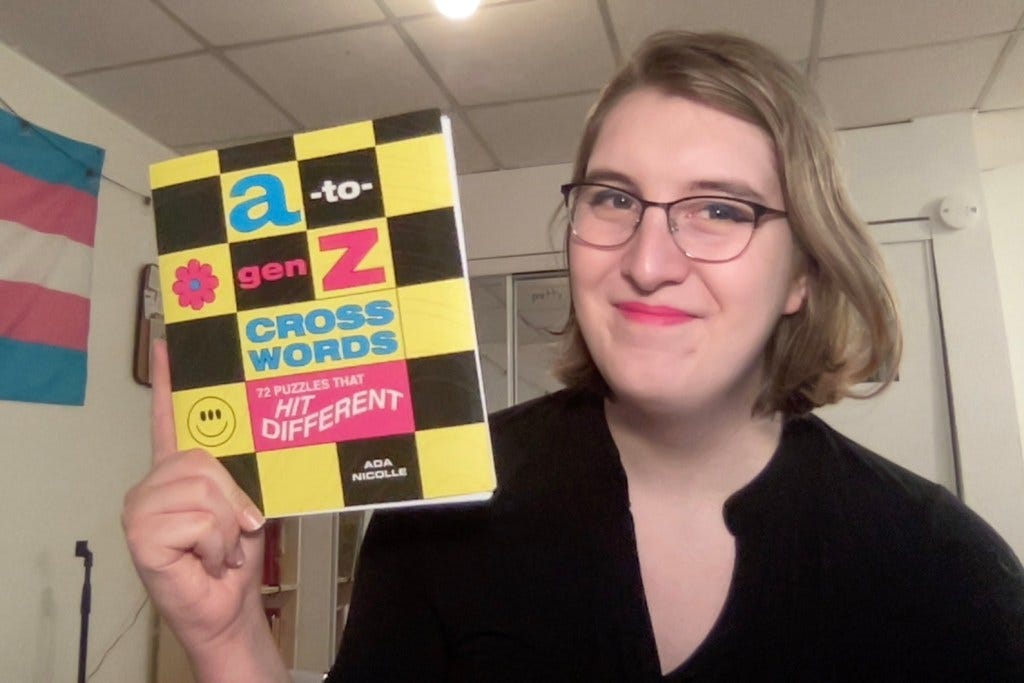
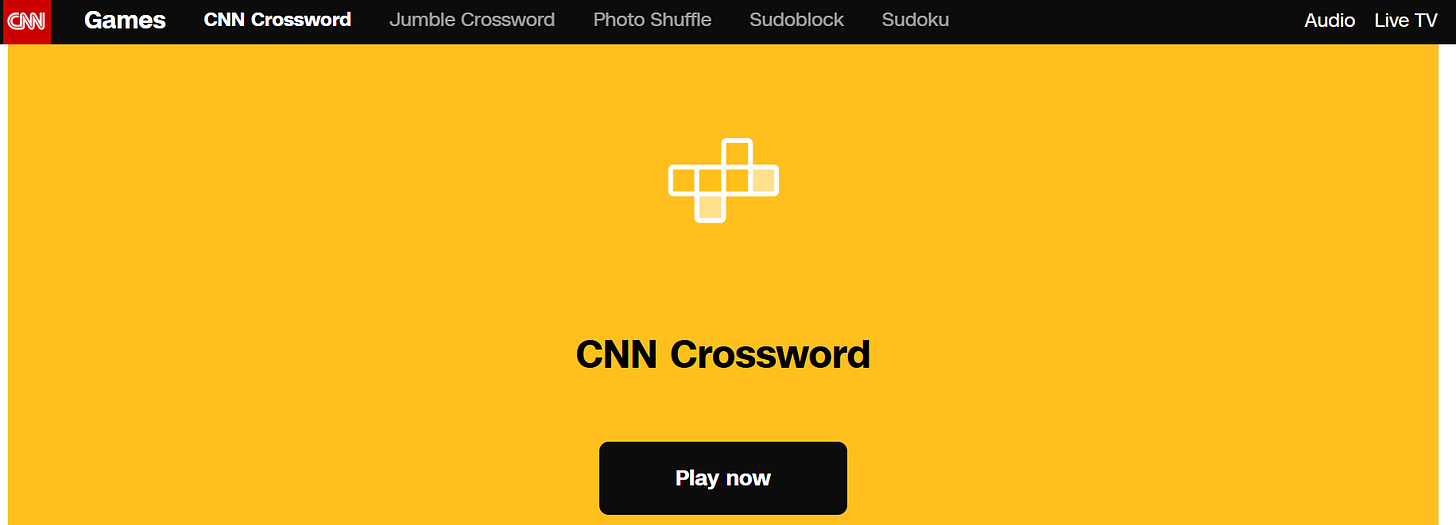
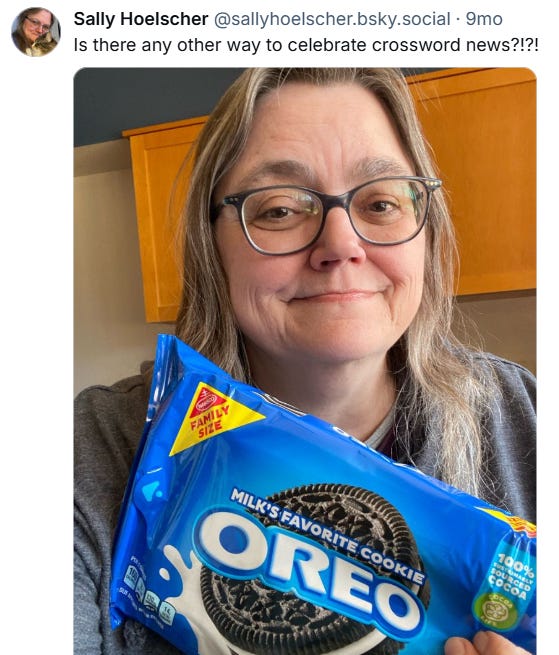
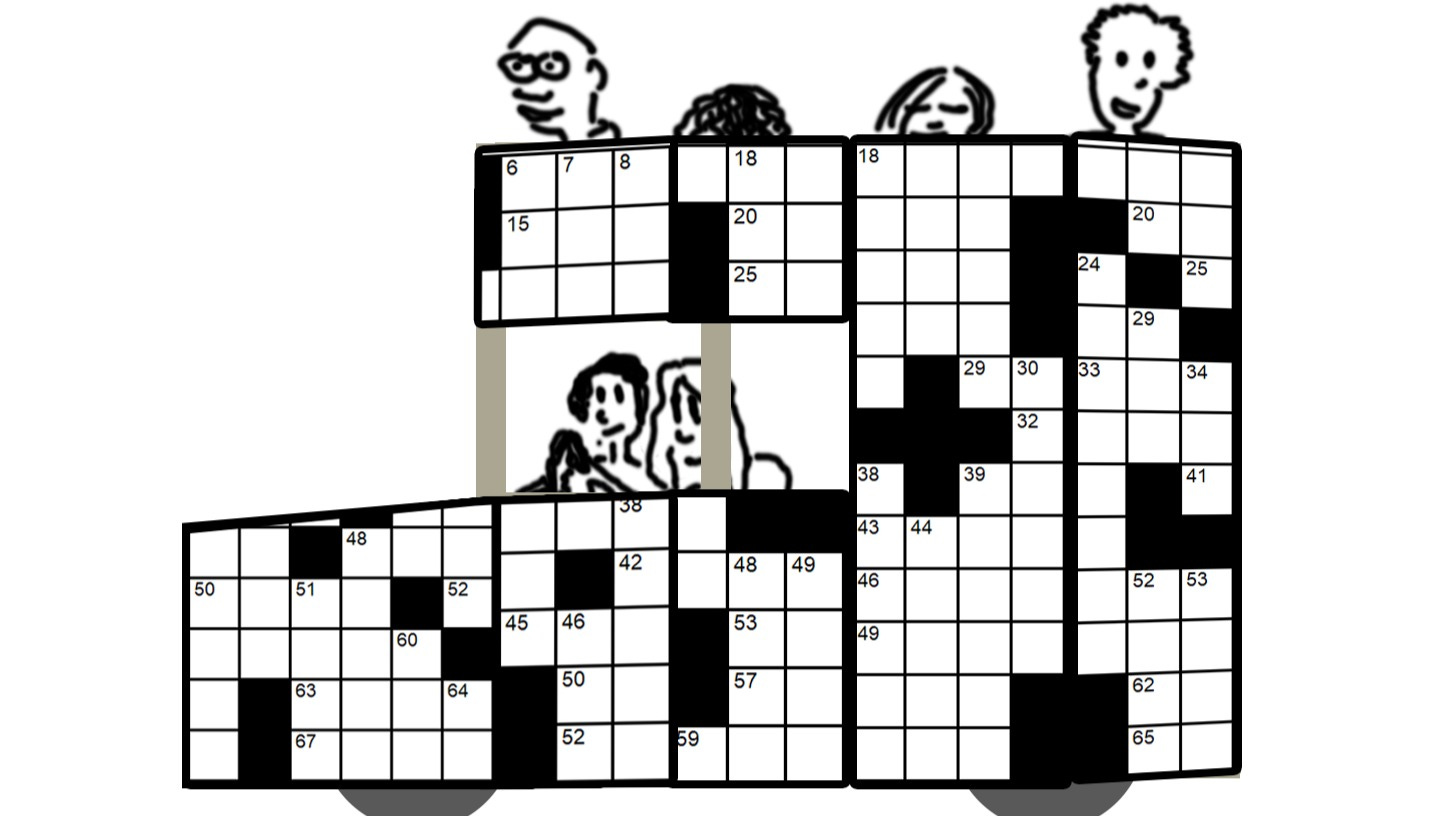
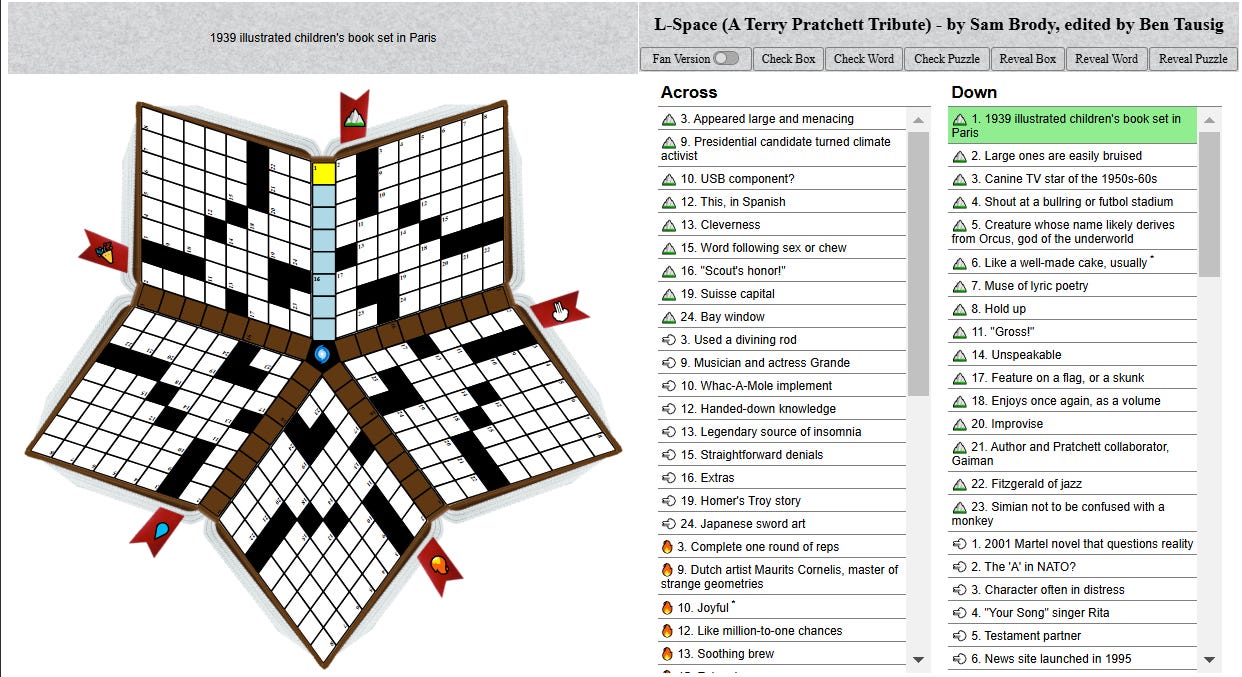

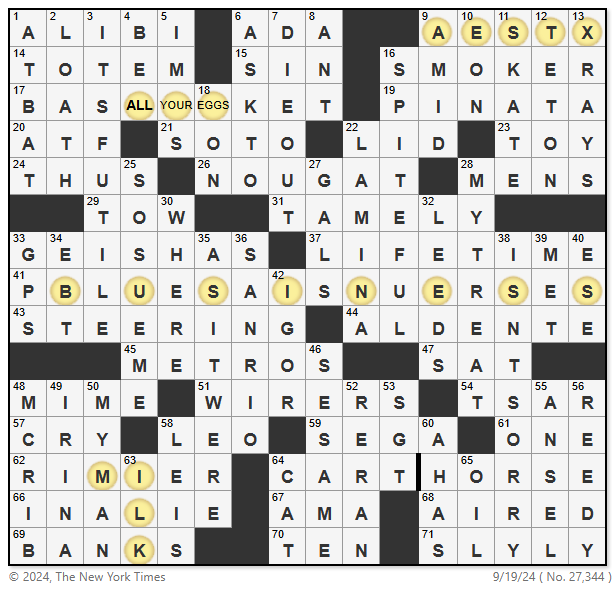


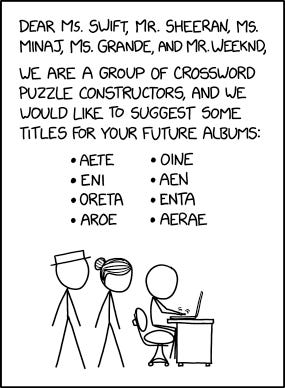
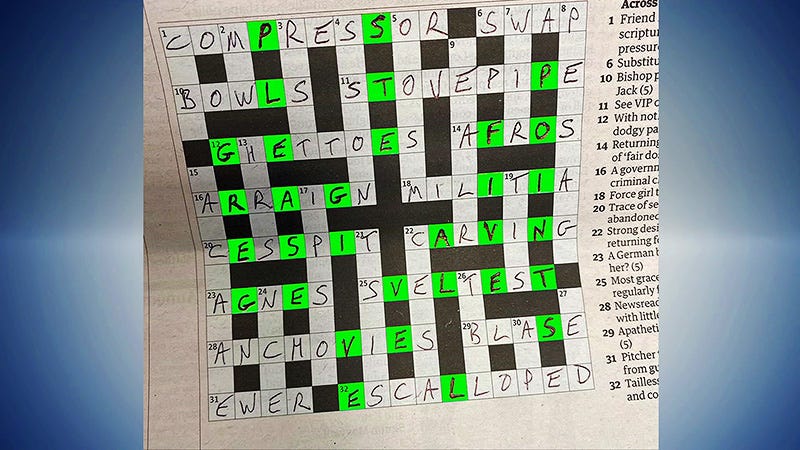
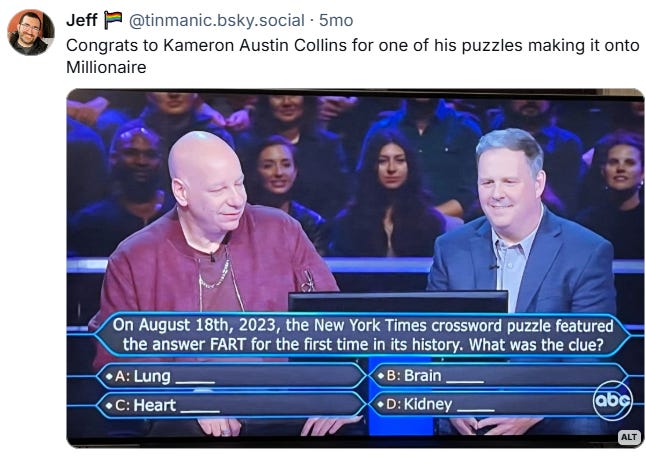

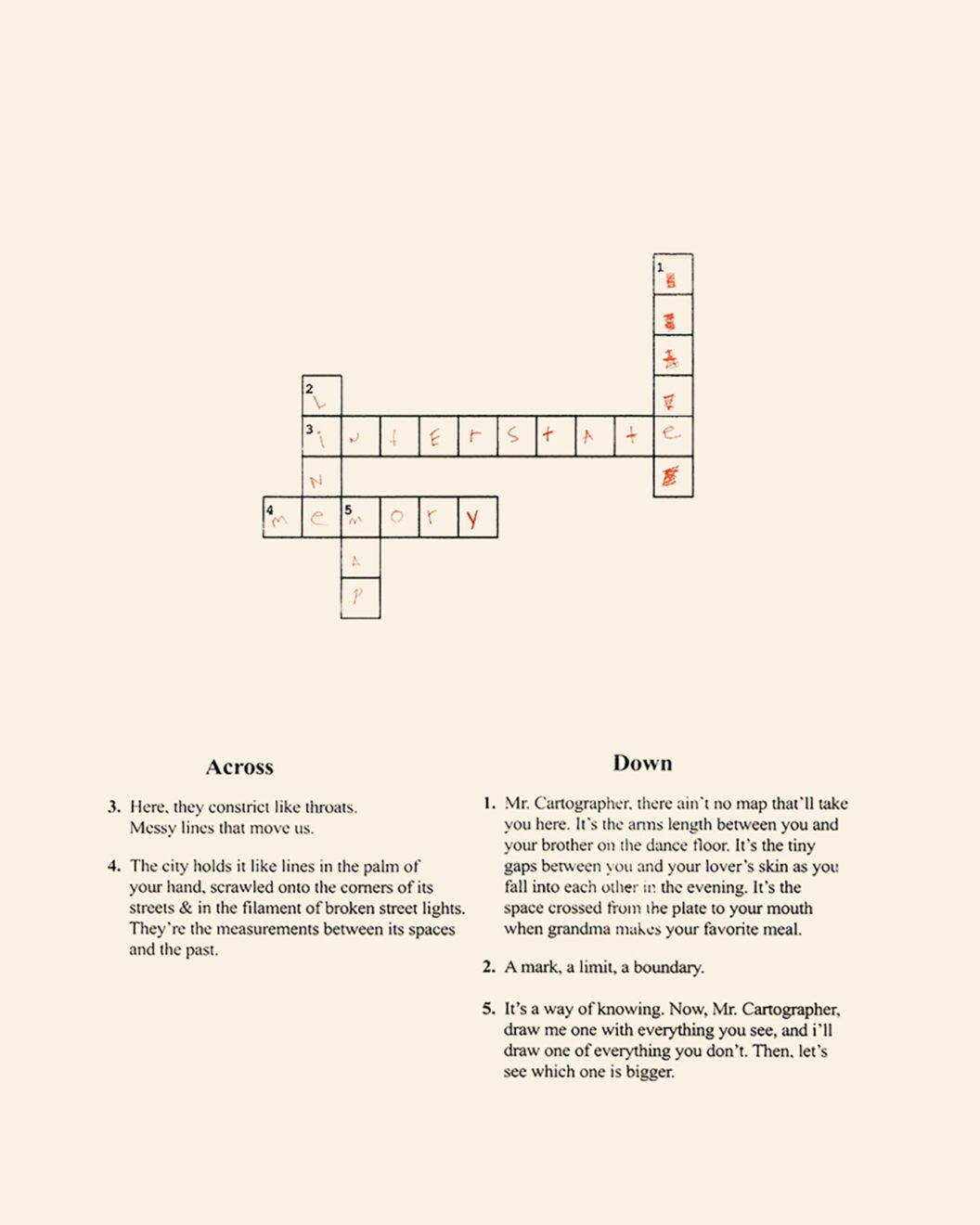
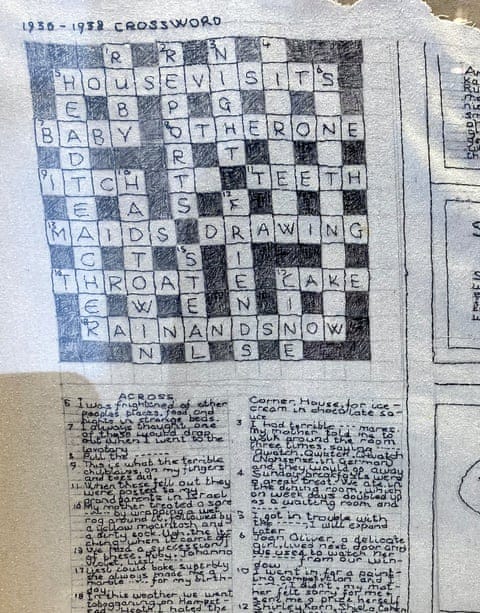
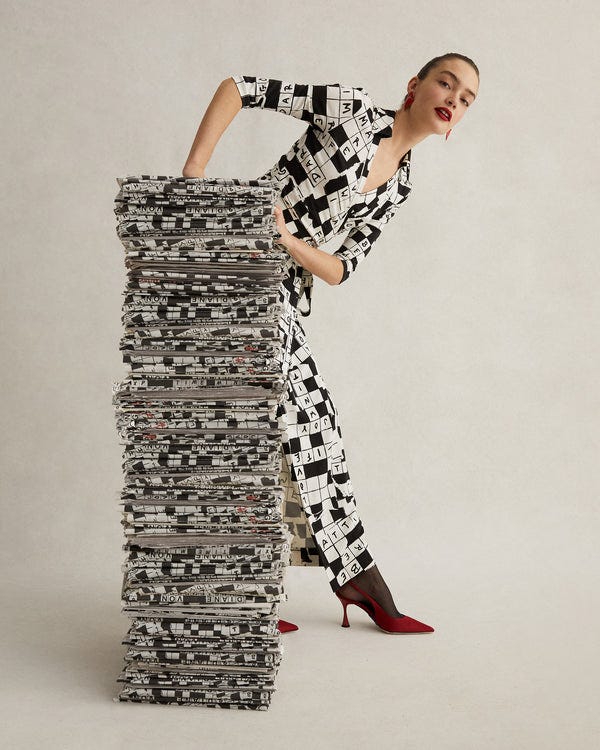
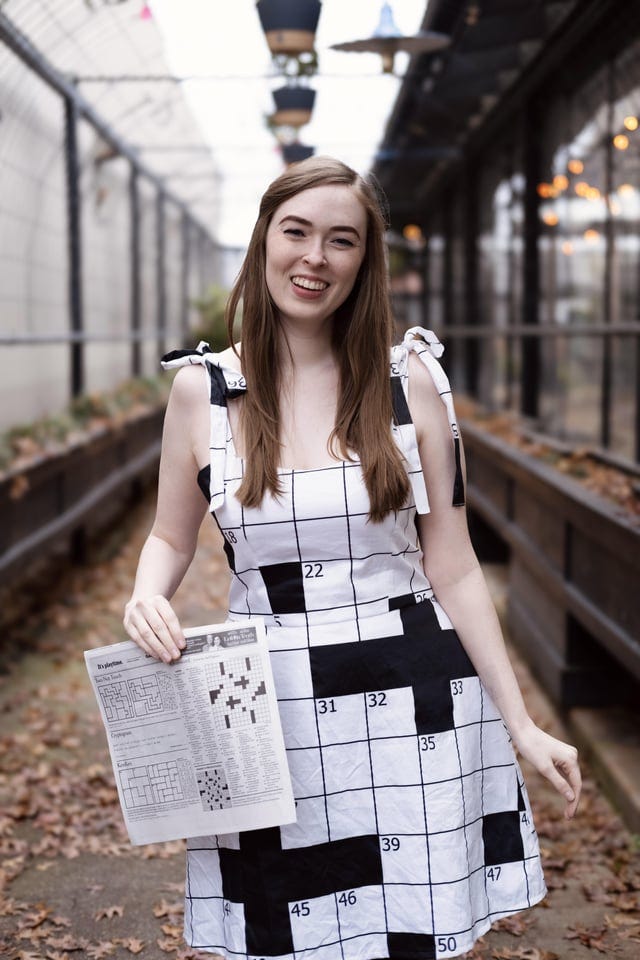
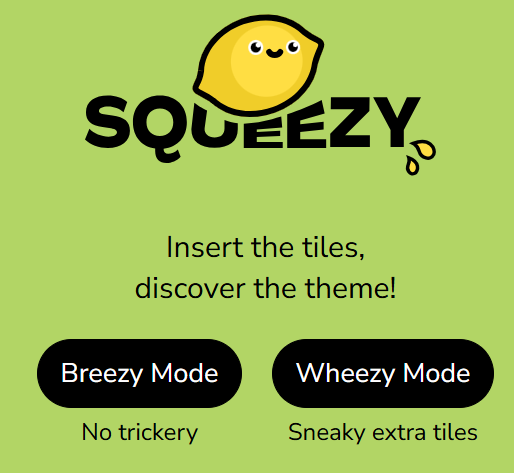
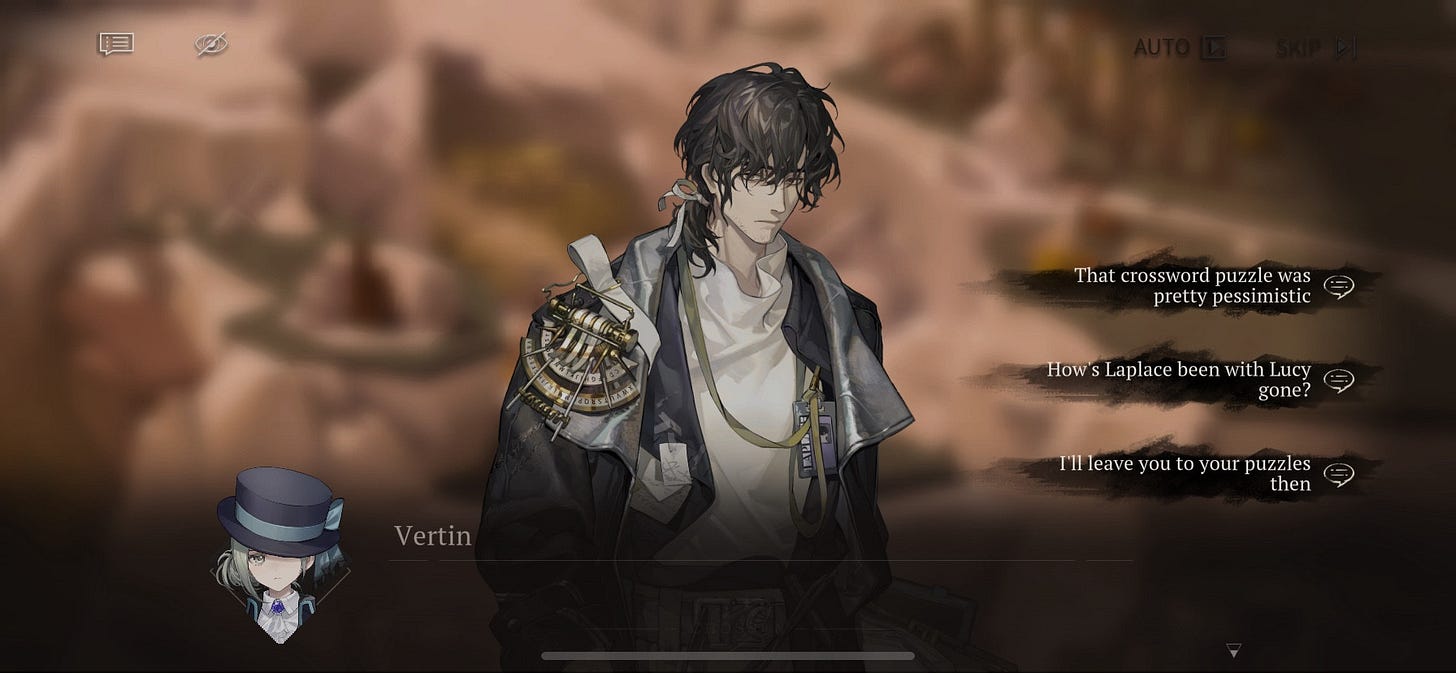
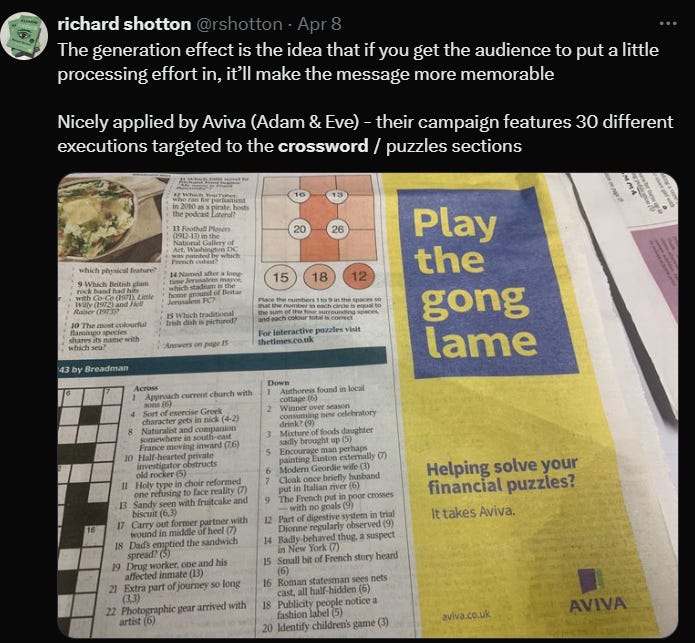
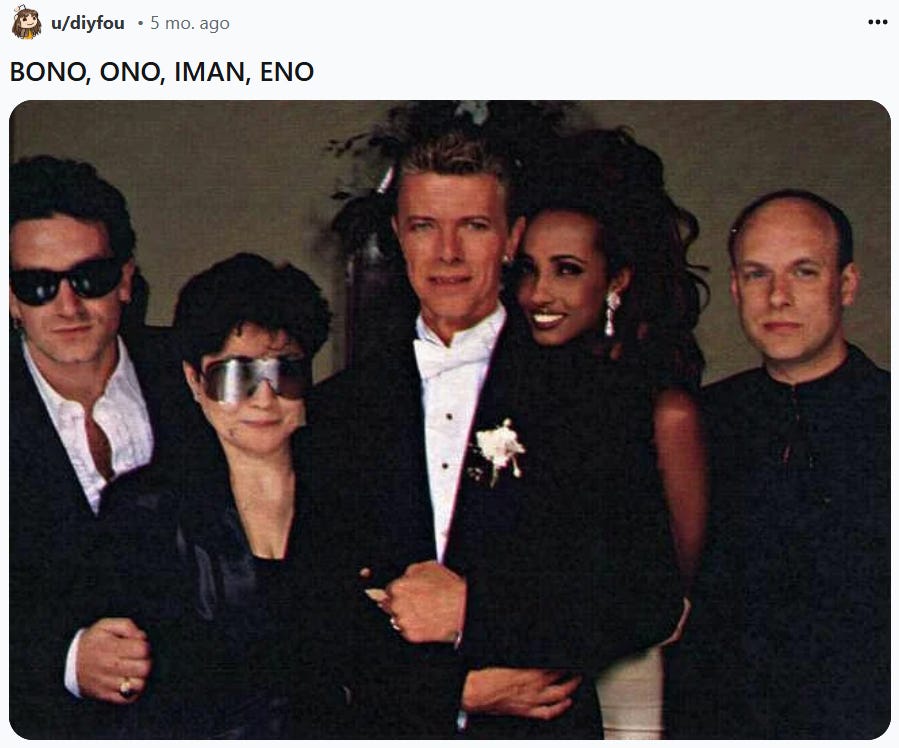
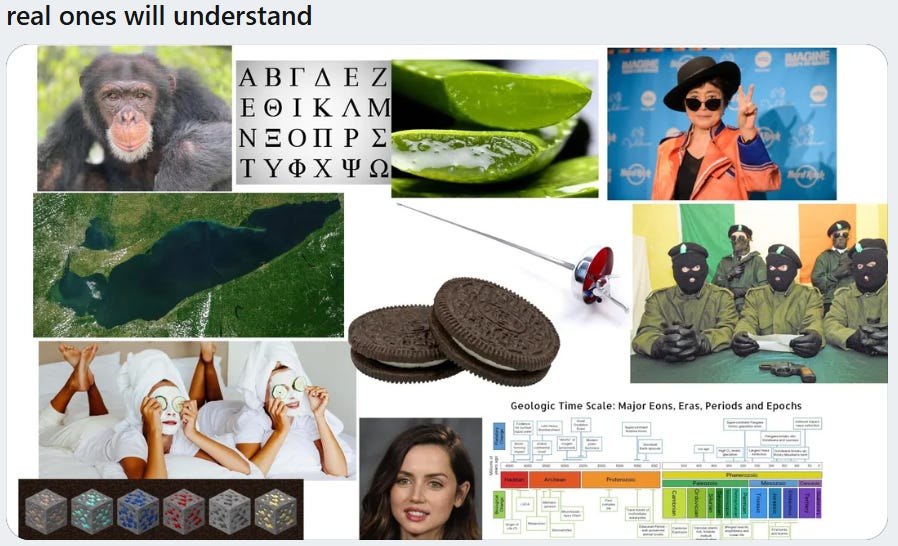

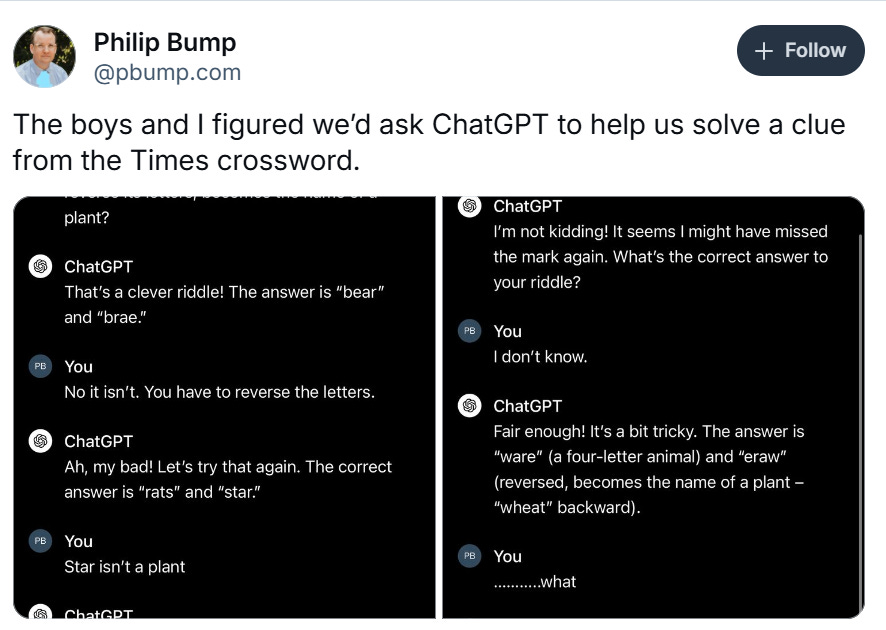
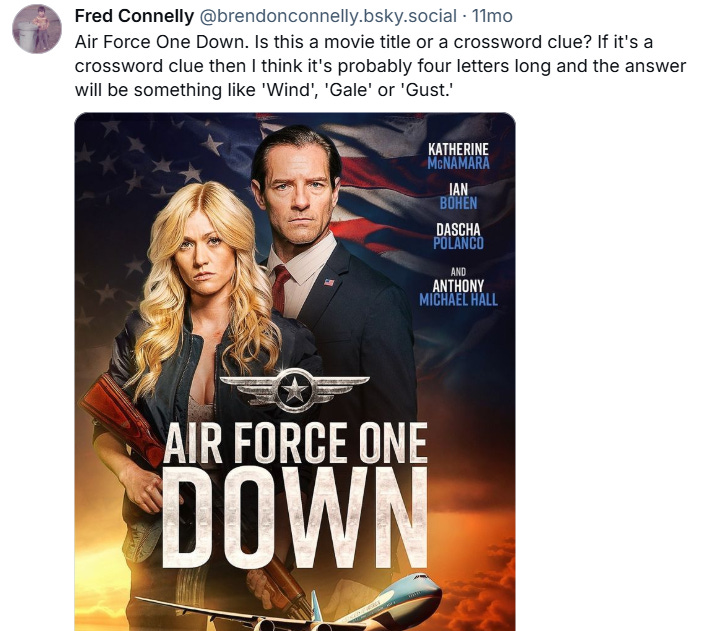
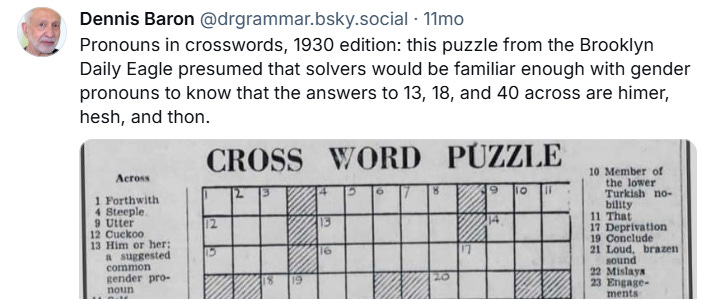
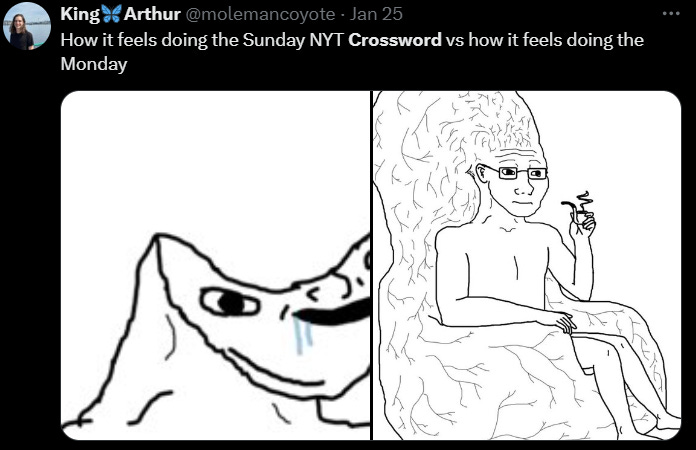
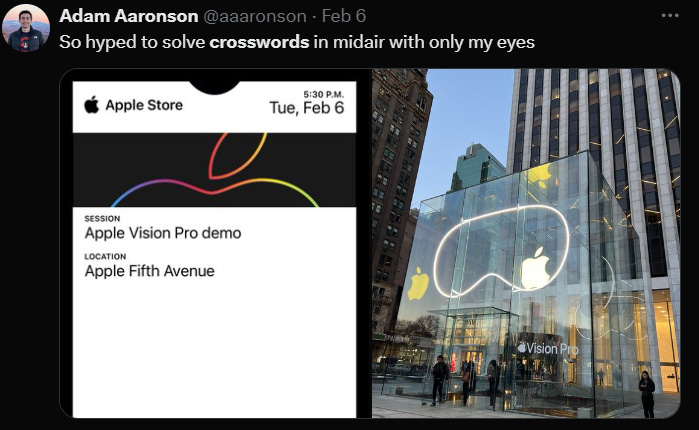
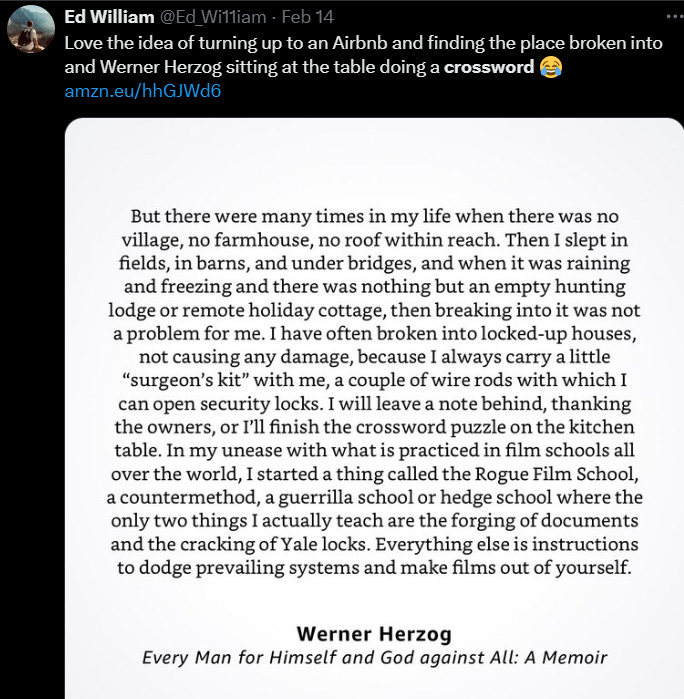



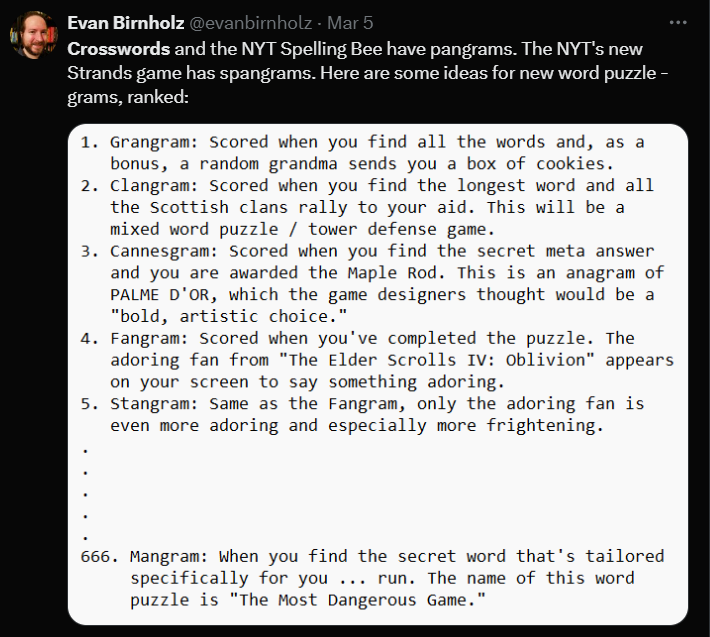

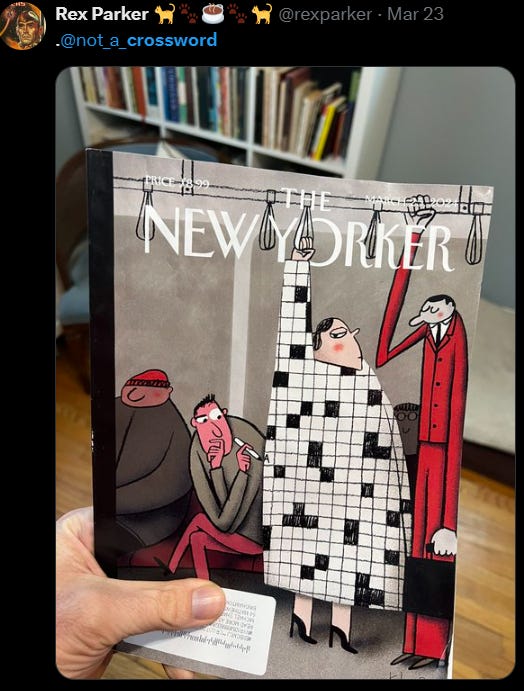

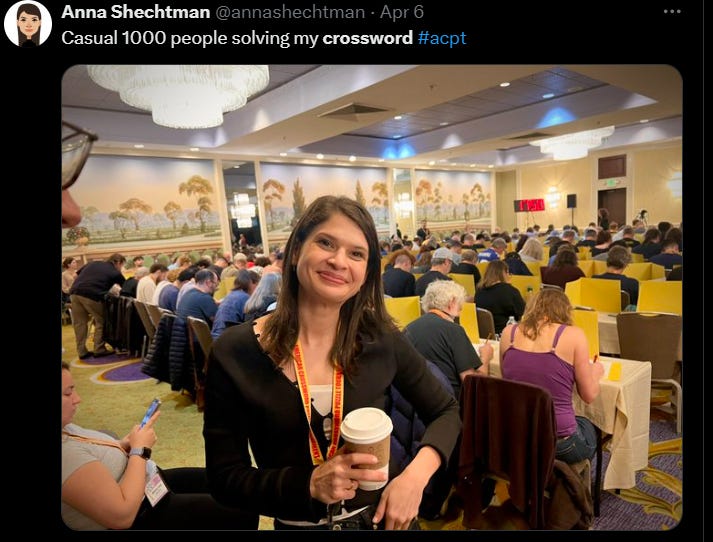
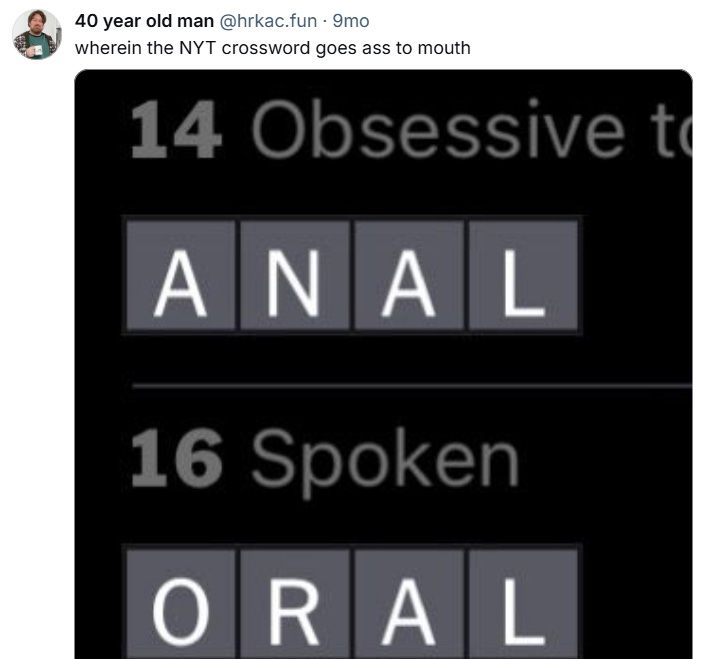

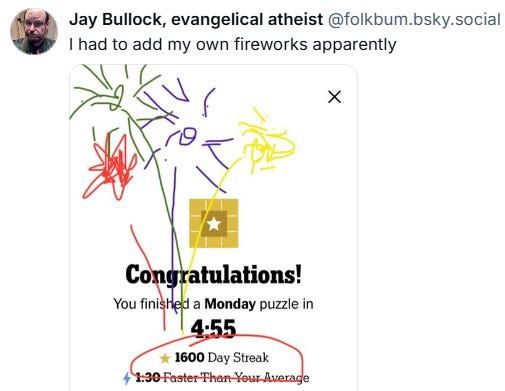
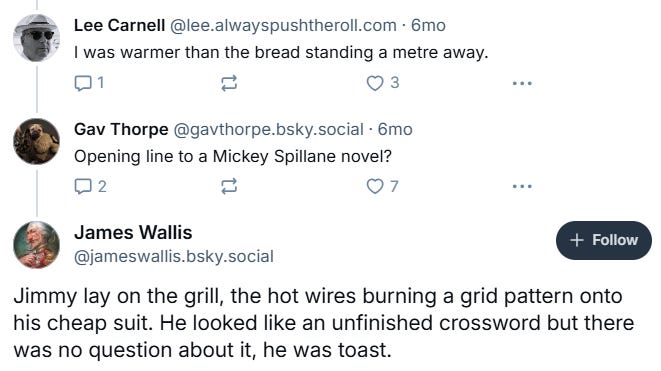

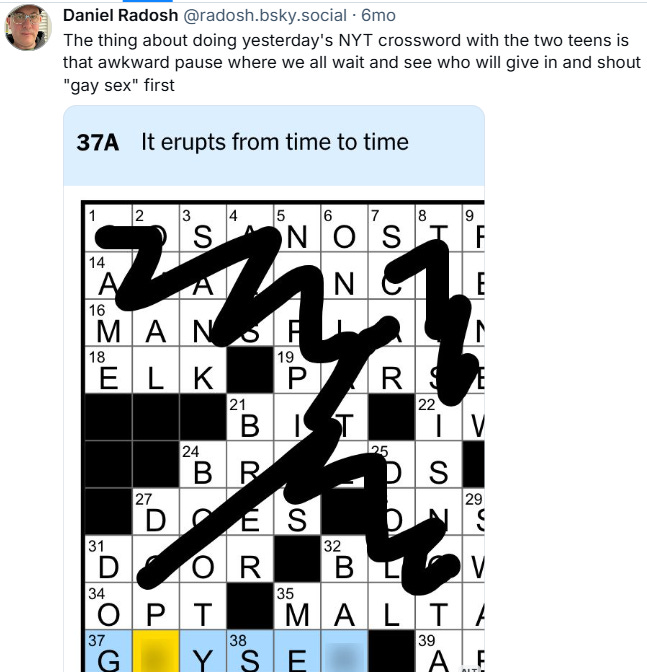



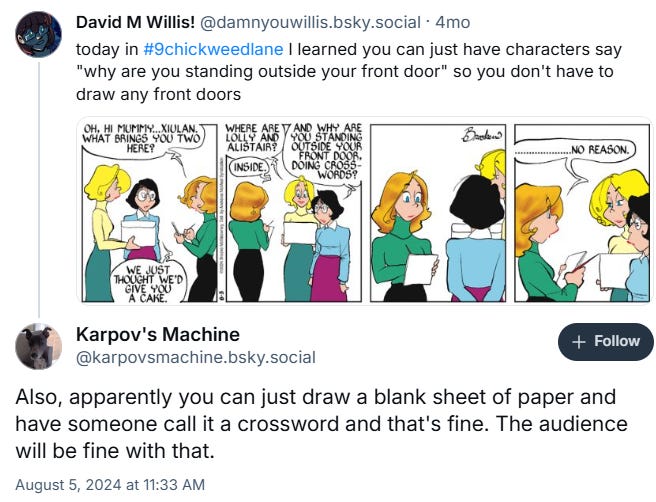

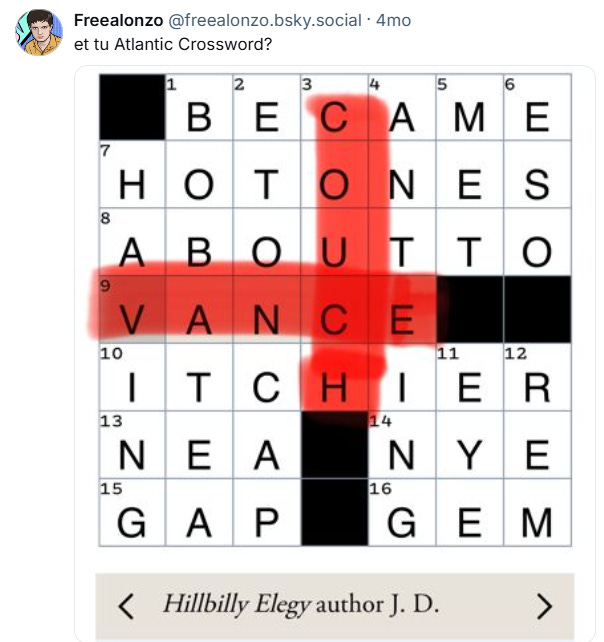
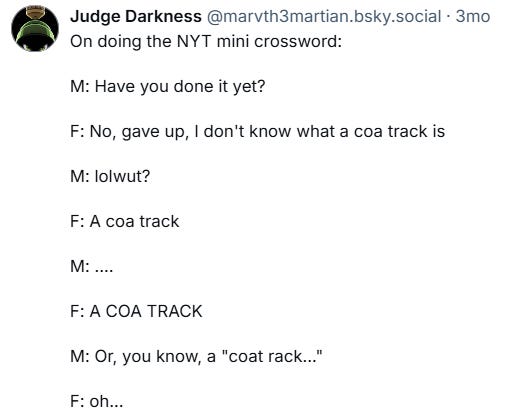
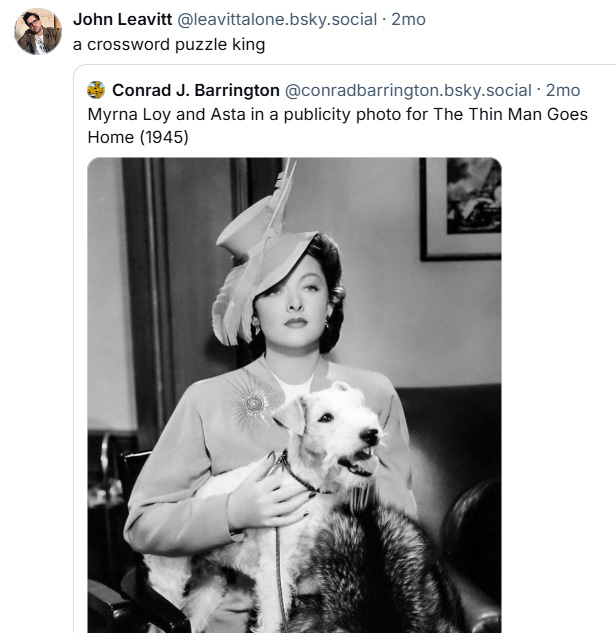


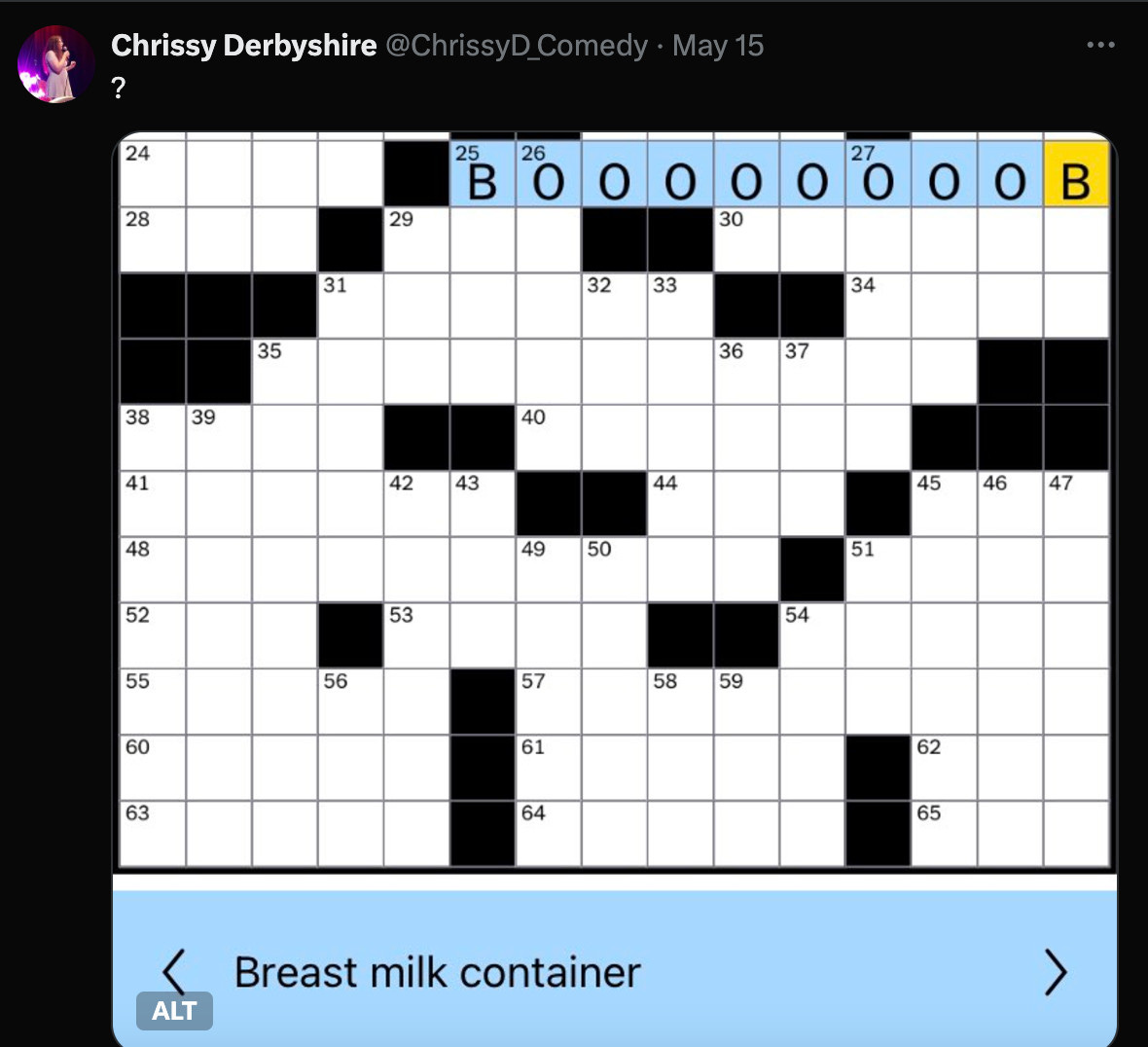
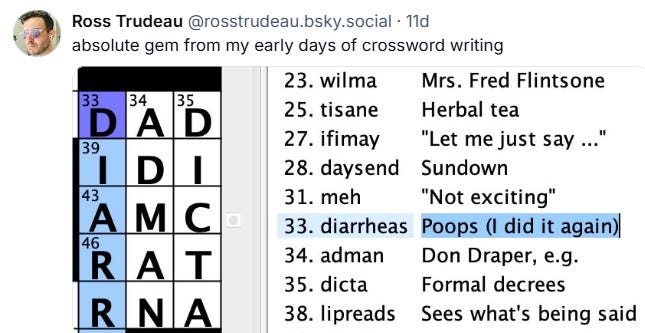

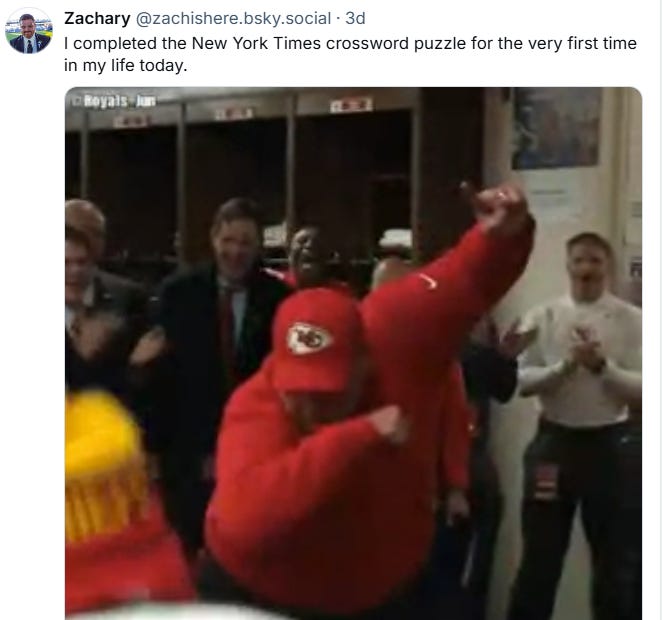
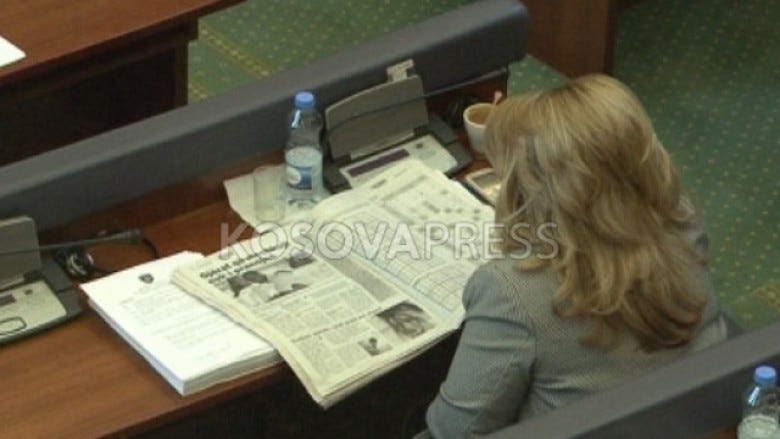
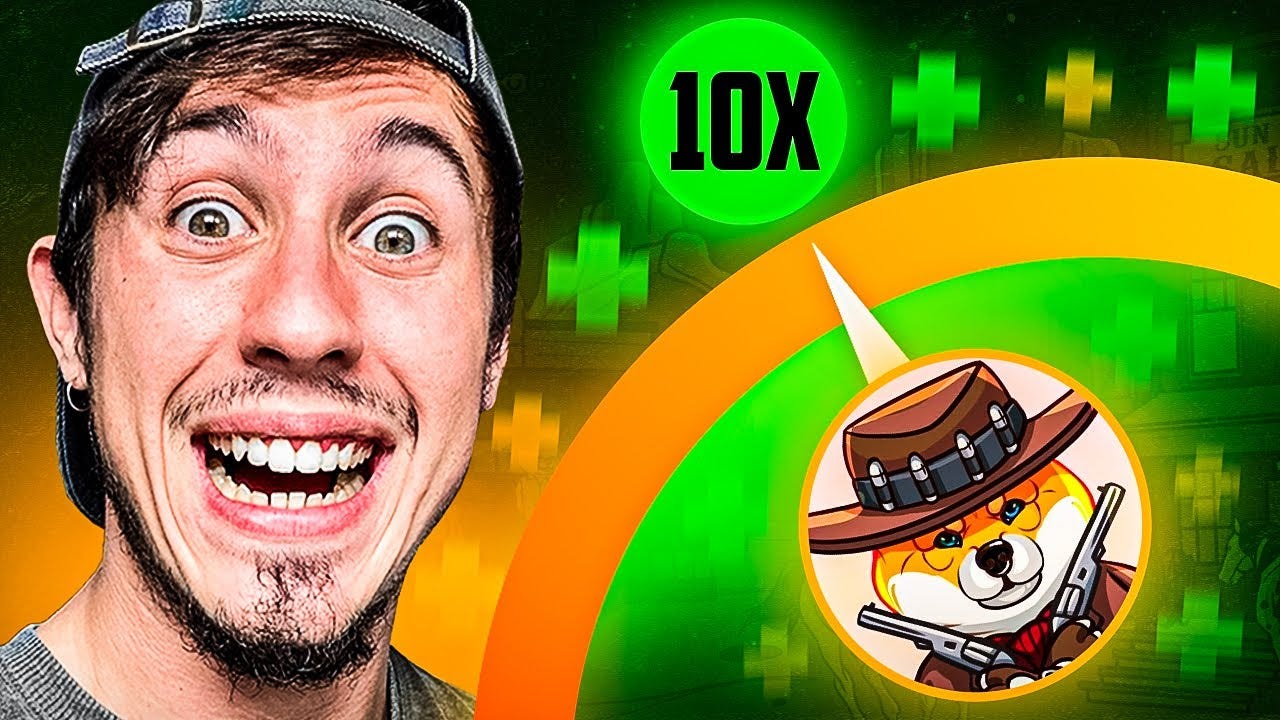
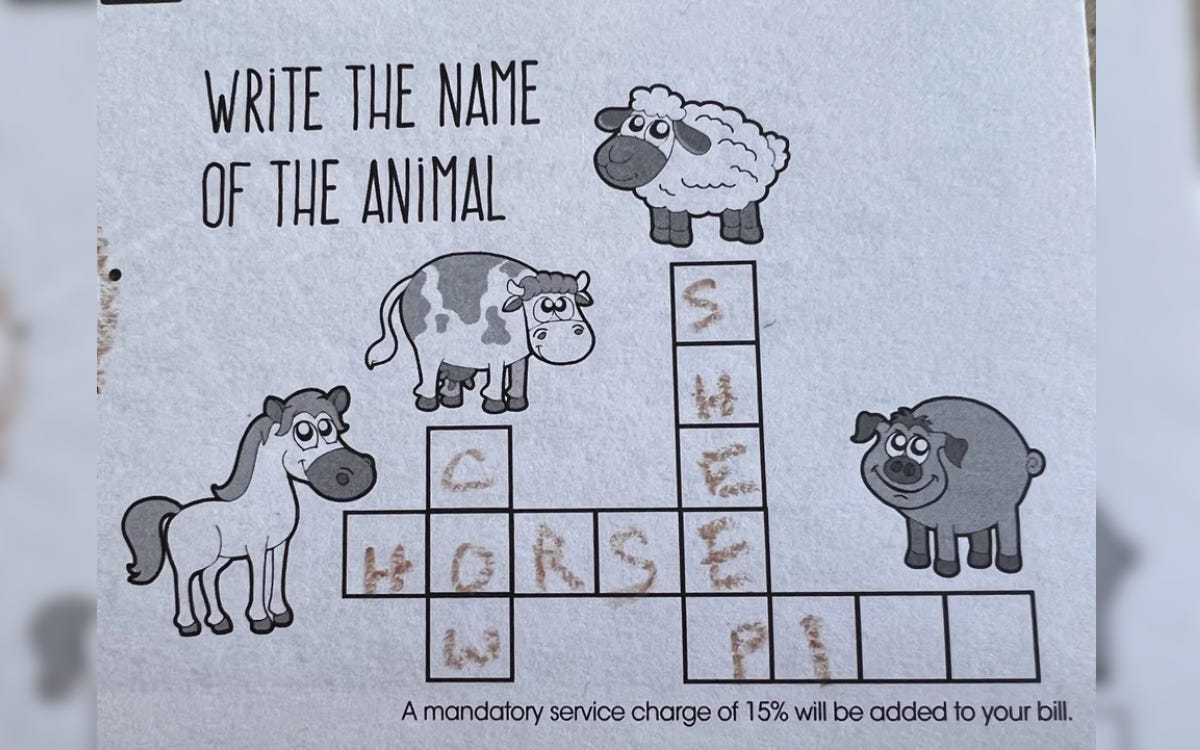
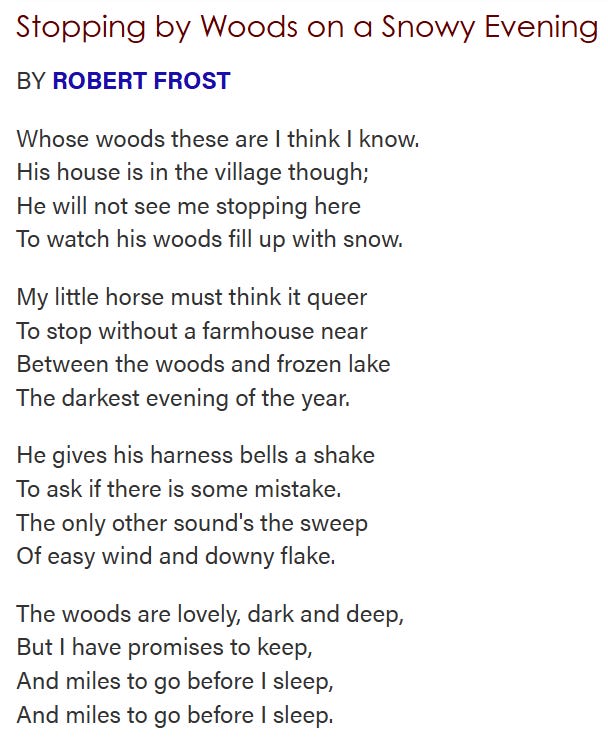

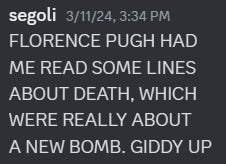
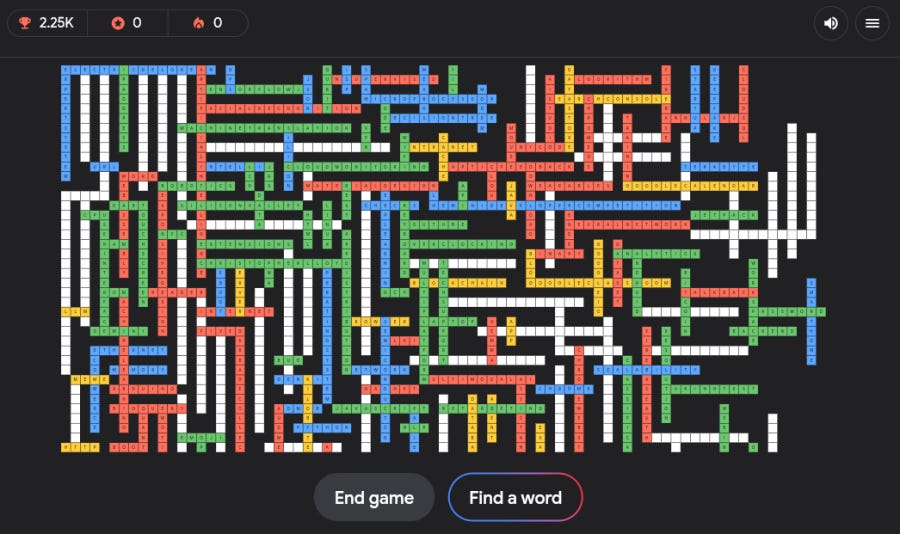

Another significant event I'd highlight is the retirement (at least from the NYT) of long-time constructors Emily Cox and Henry Rathvon who regularly contributed cryptics and, of course, an Acrostic every other week. XWord Info only tracks their Variety puzzles back to 1999, but their contributions precede that by years. Acrostic construction has been taken over by the brilliant team of David Balton and Jane Stewart, to great acclaim. I'm told David and Jane will be at the ACPT this year, and will give a talk. They are a fascinating couple. You'll want to meet them.
Amazing puzzle news roundup! I'm a NYT Games fan, and I'm also in the third year of helping to organize Word Play, a "competitive crossword puzzle gala" that benefits Voices of Hope for Aphasia, a Tampa Bay-based nonprofit. Two of the Tampa Bay Rays' crossword aficionados (mentioned in the ESPN story you linked to) attended last year. May I send you more info?